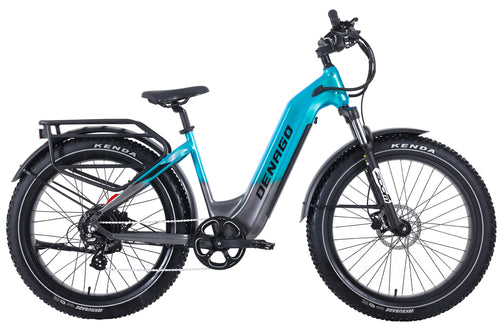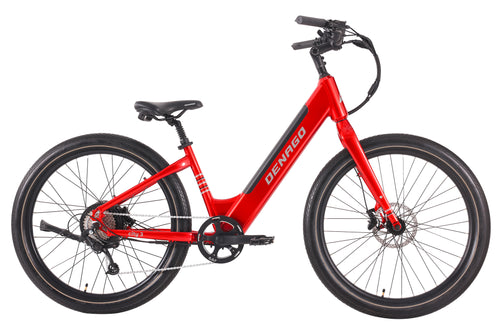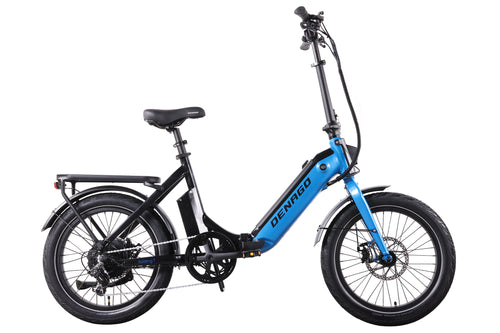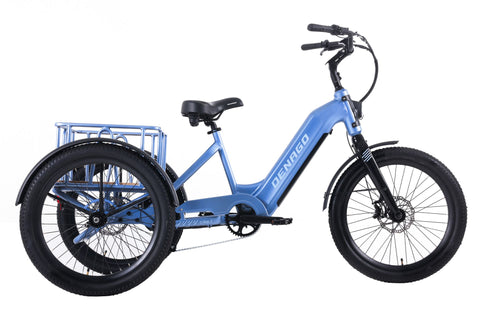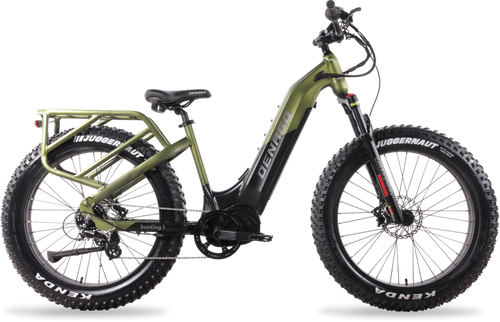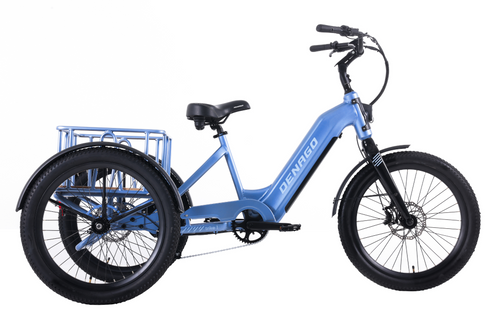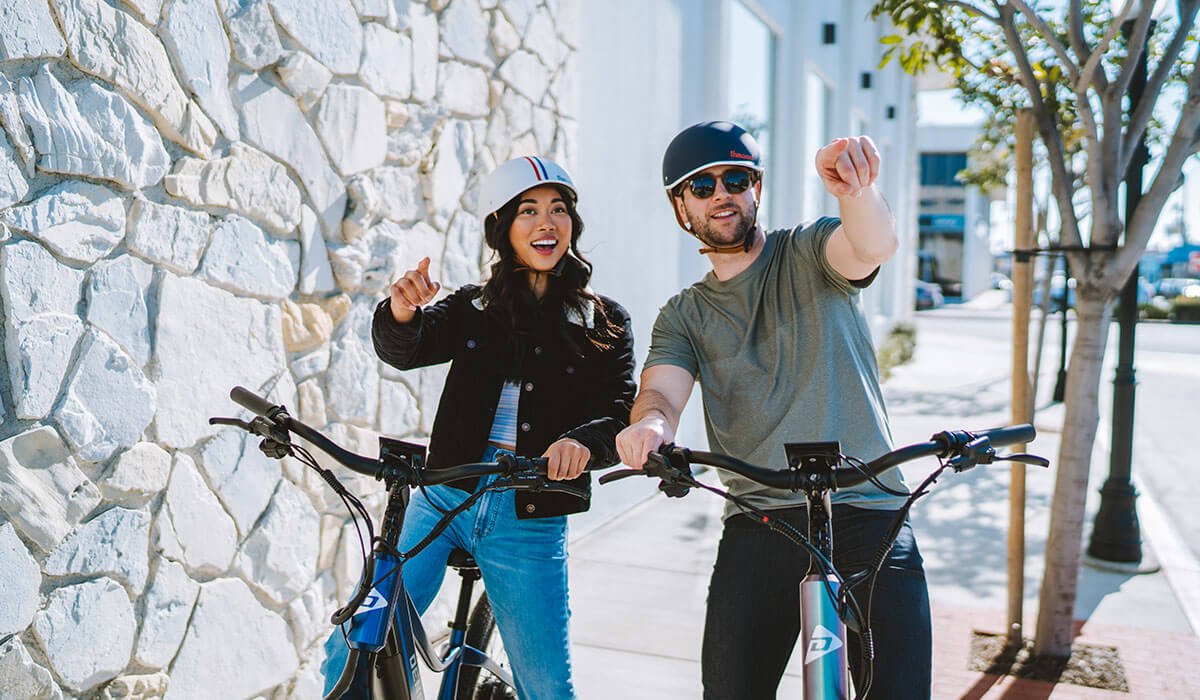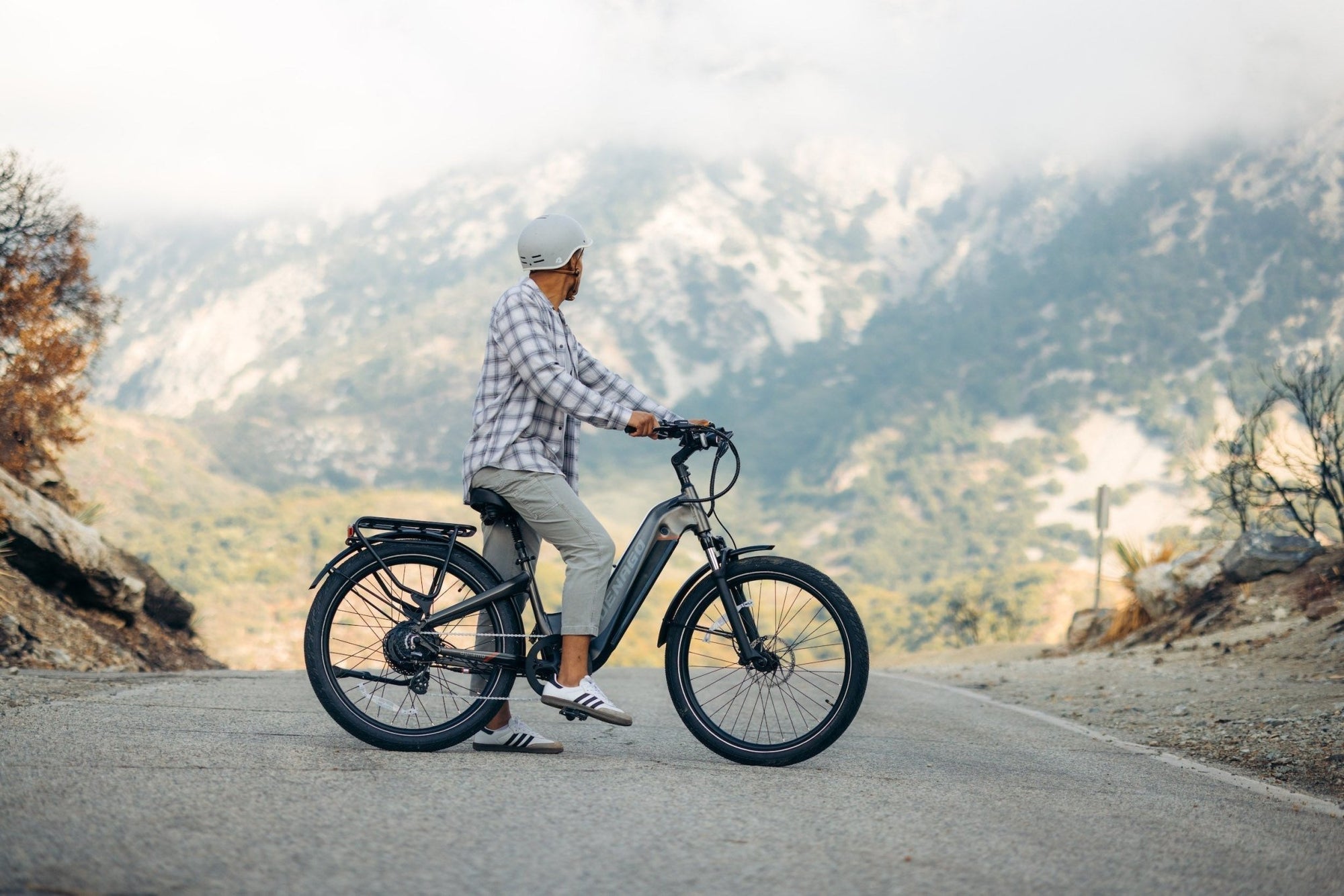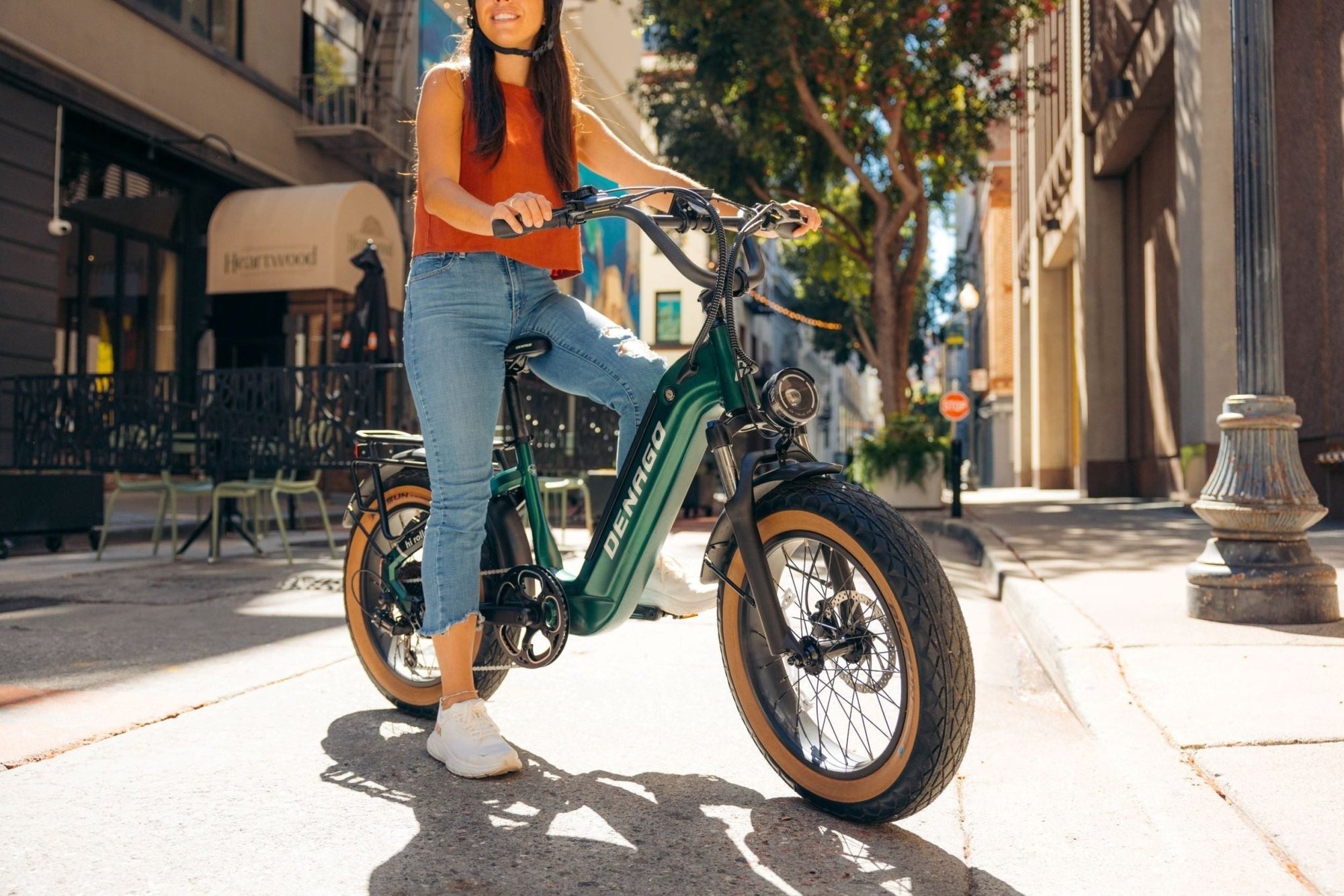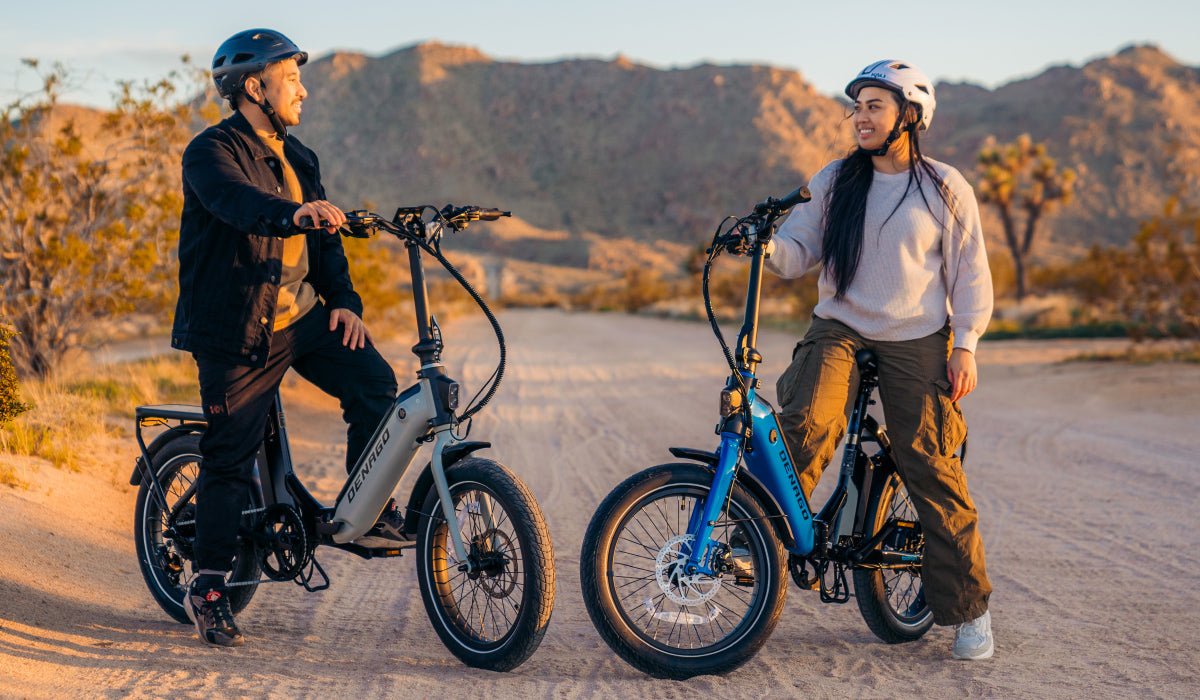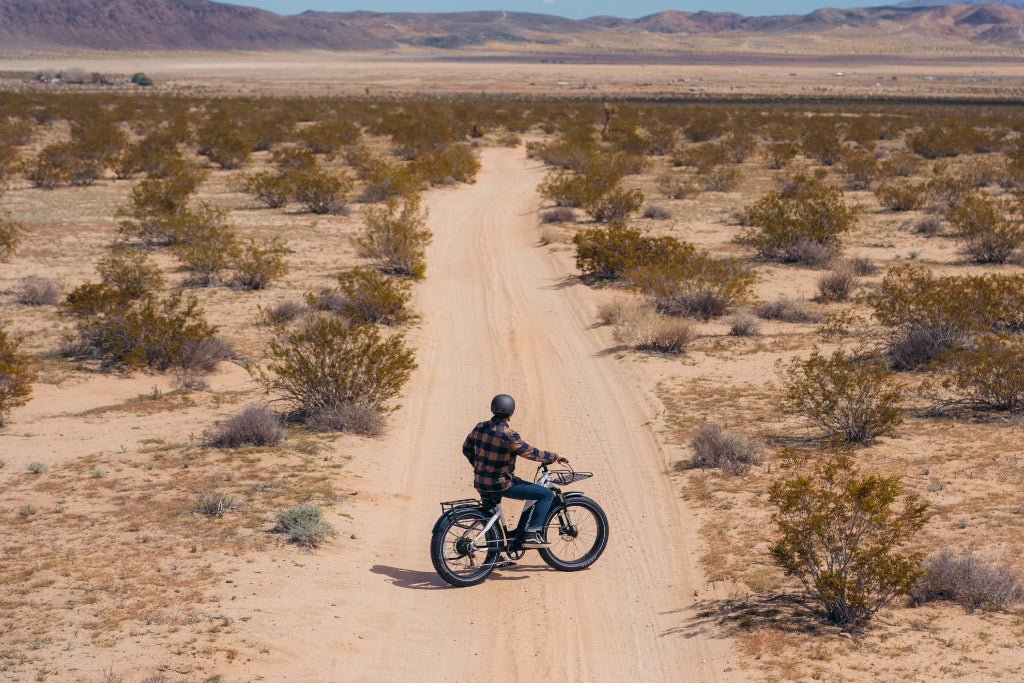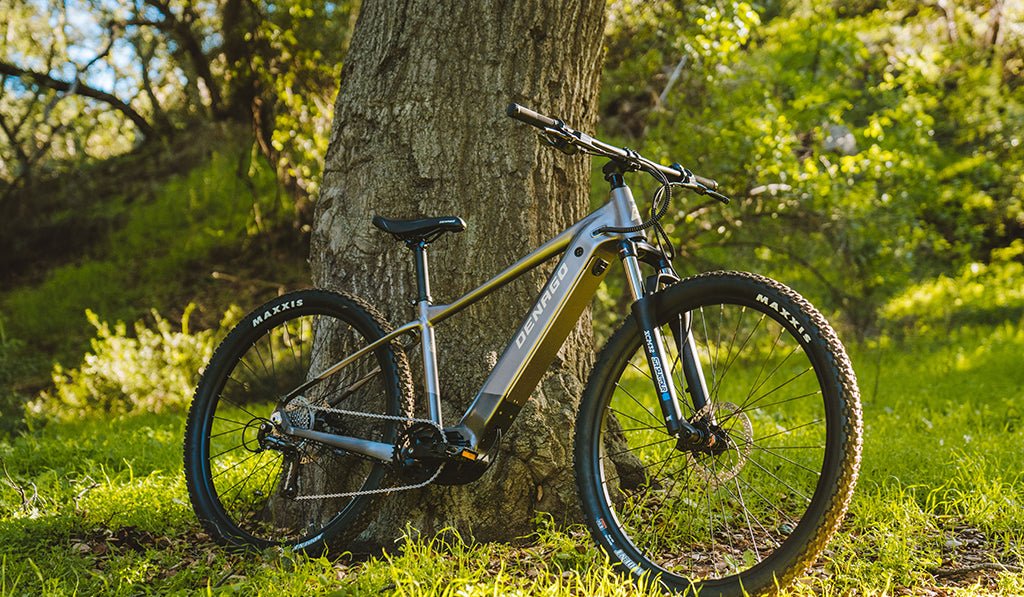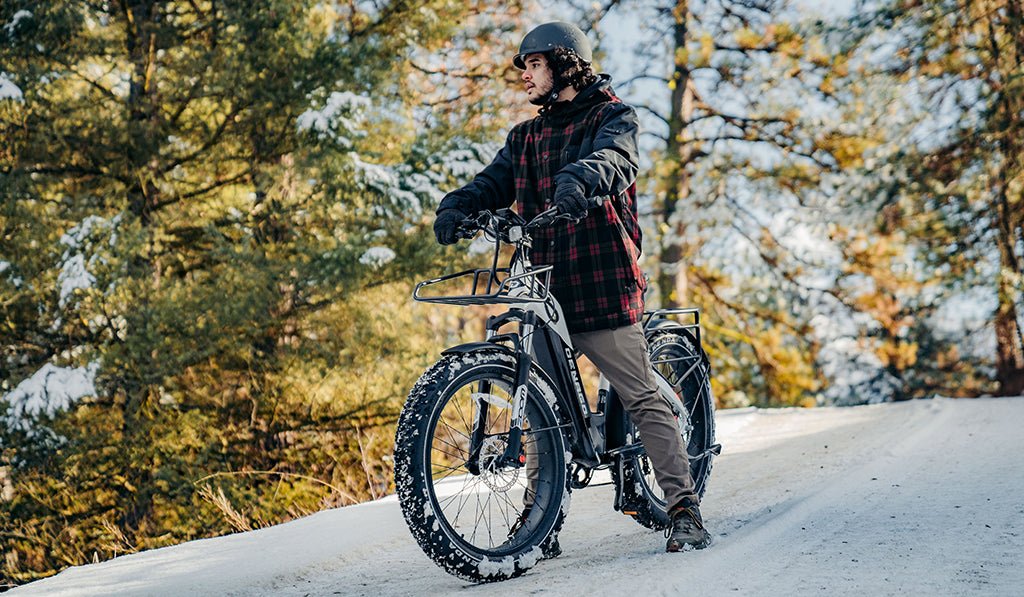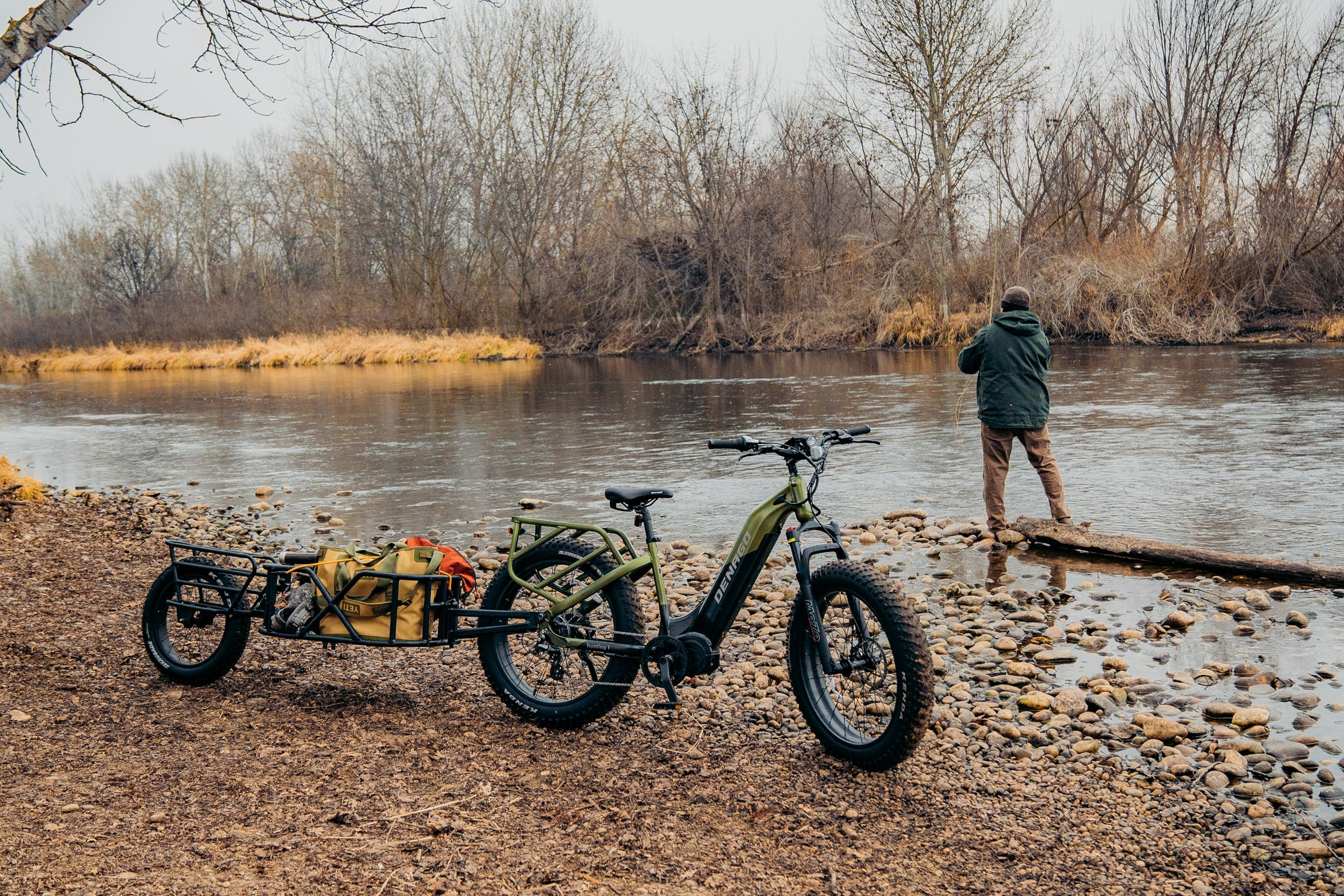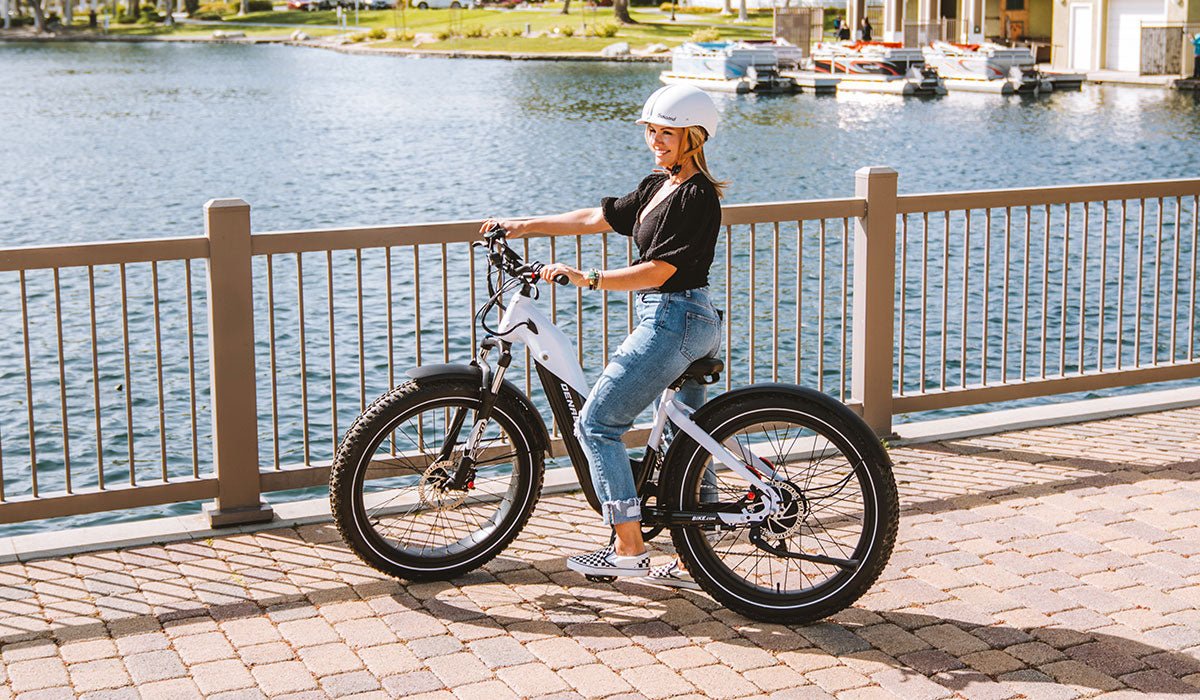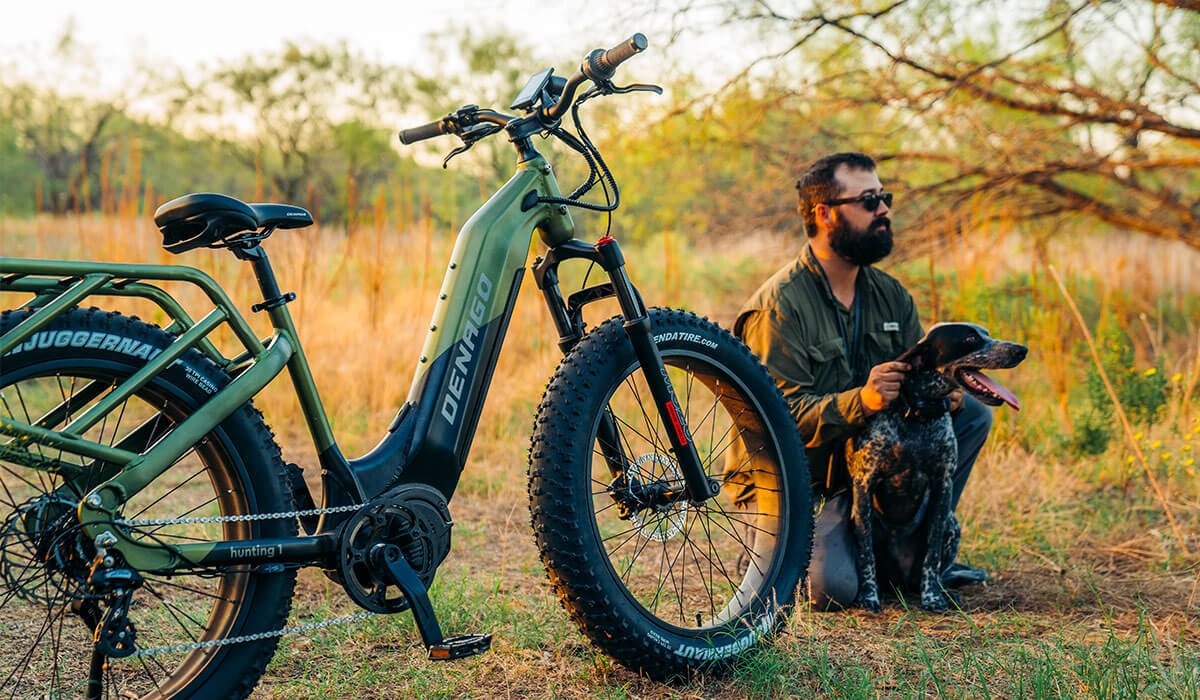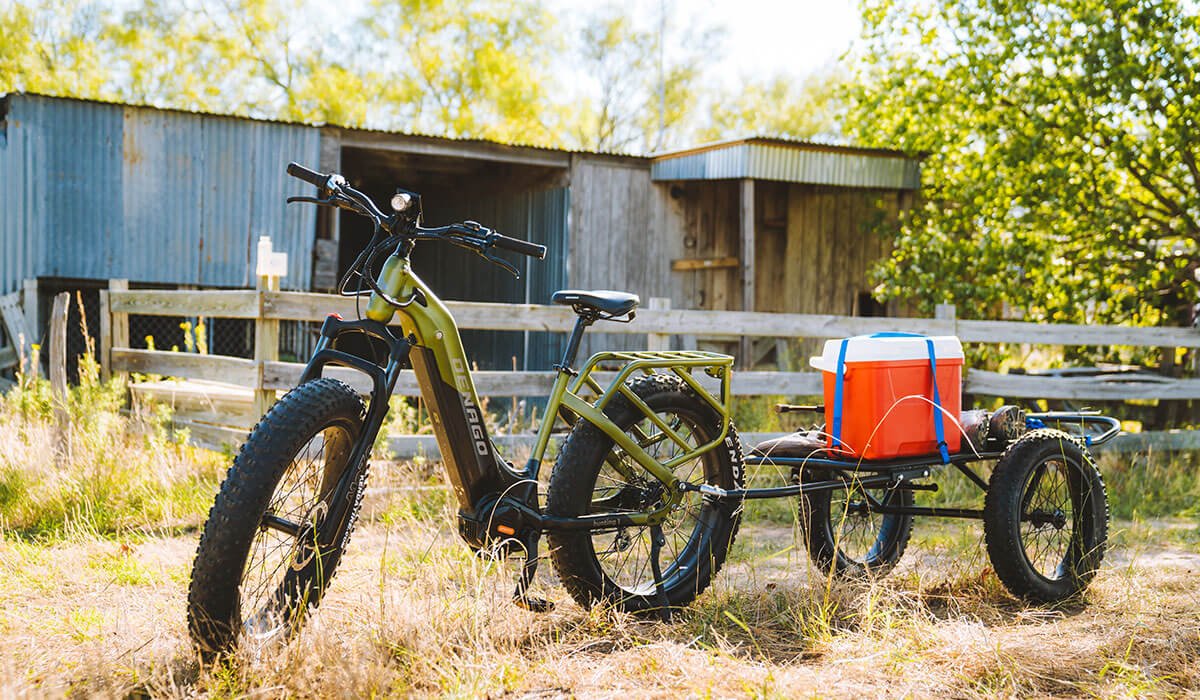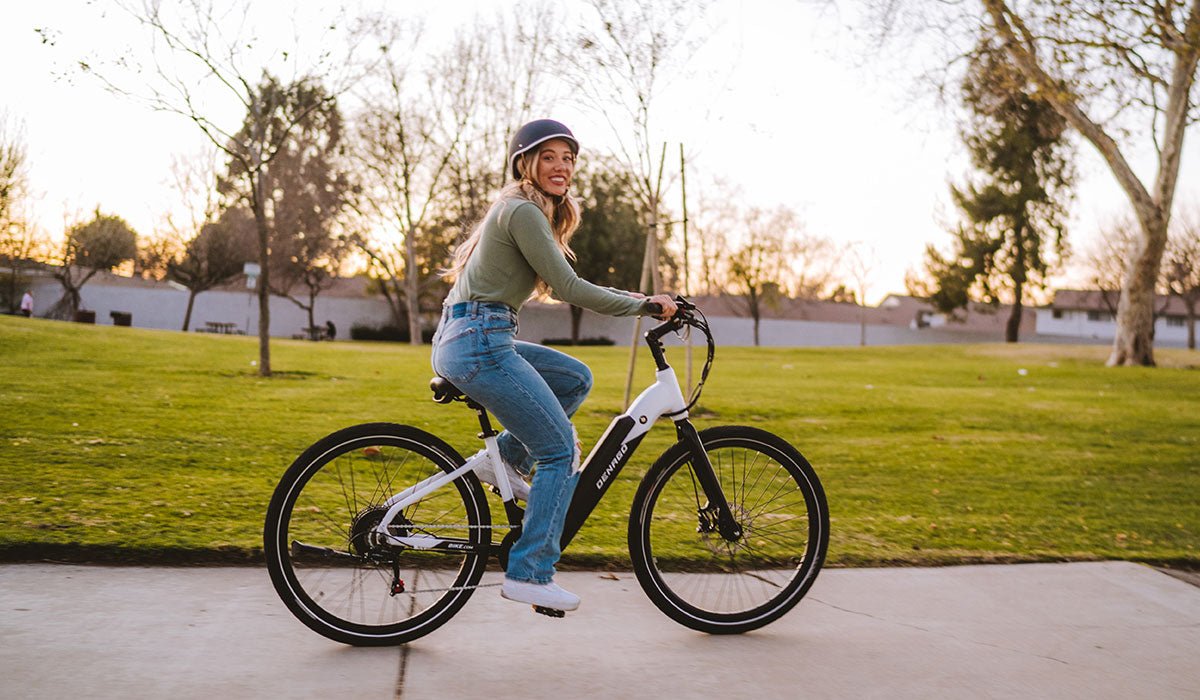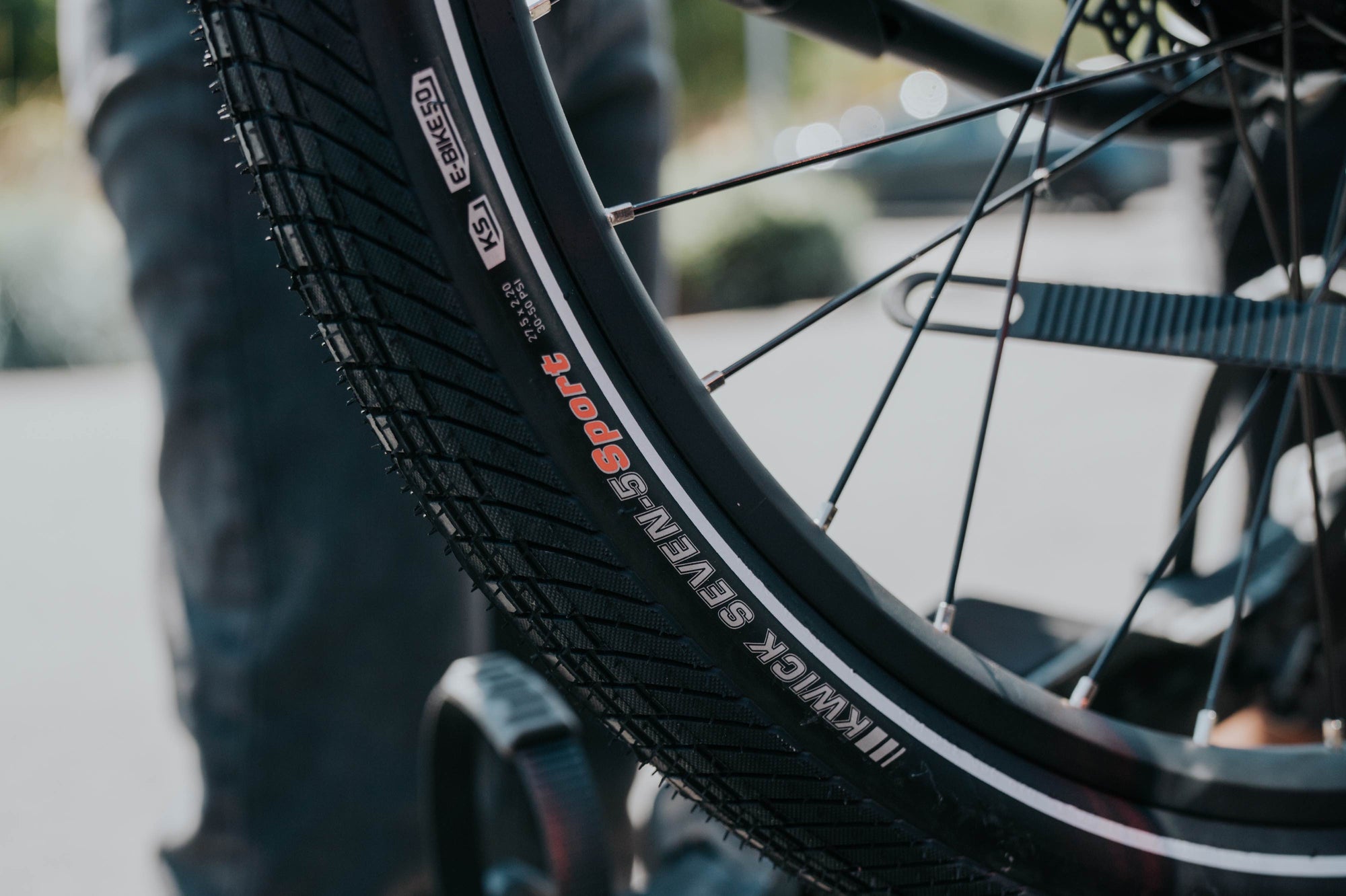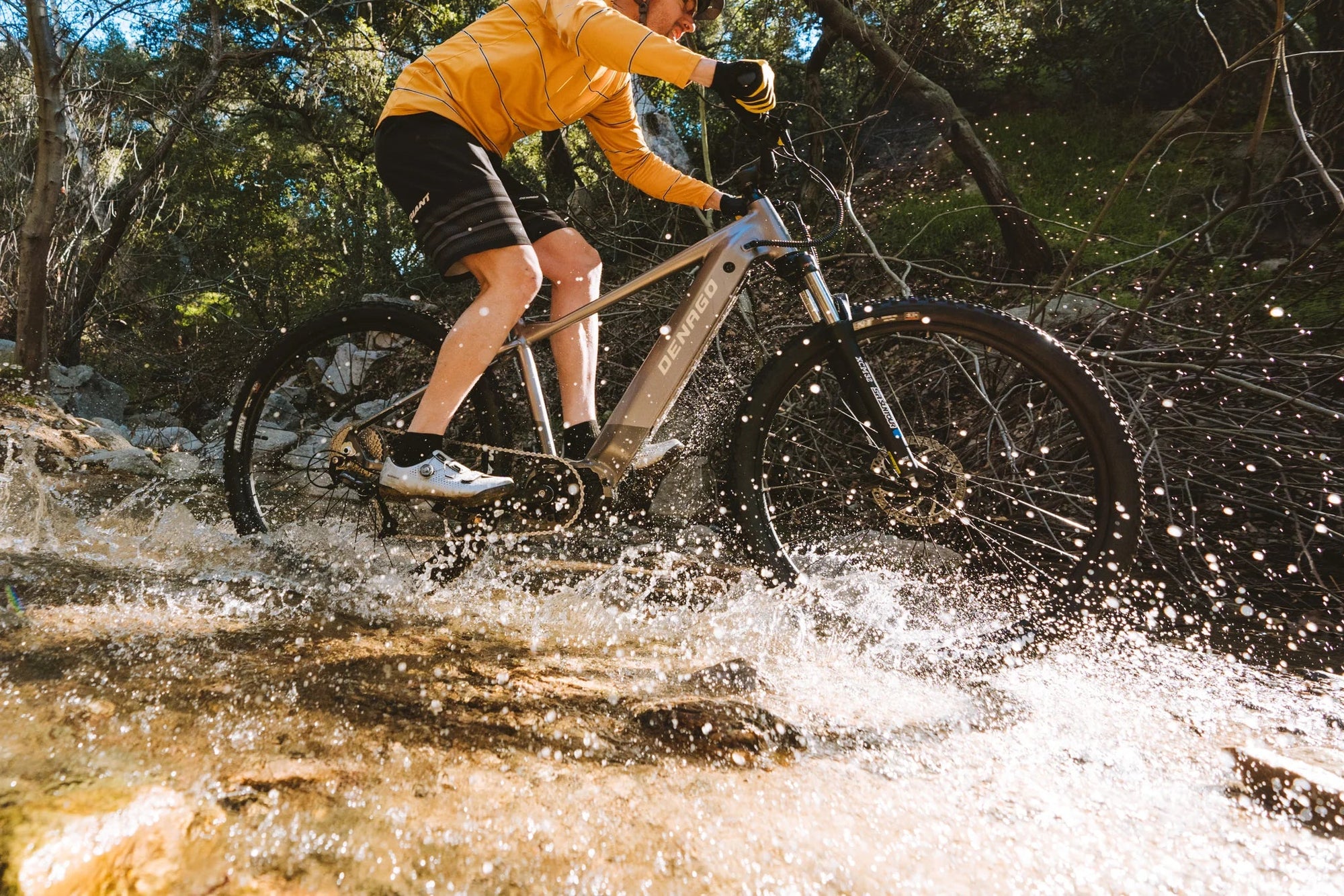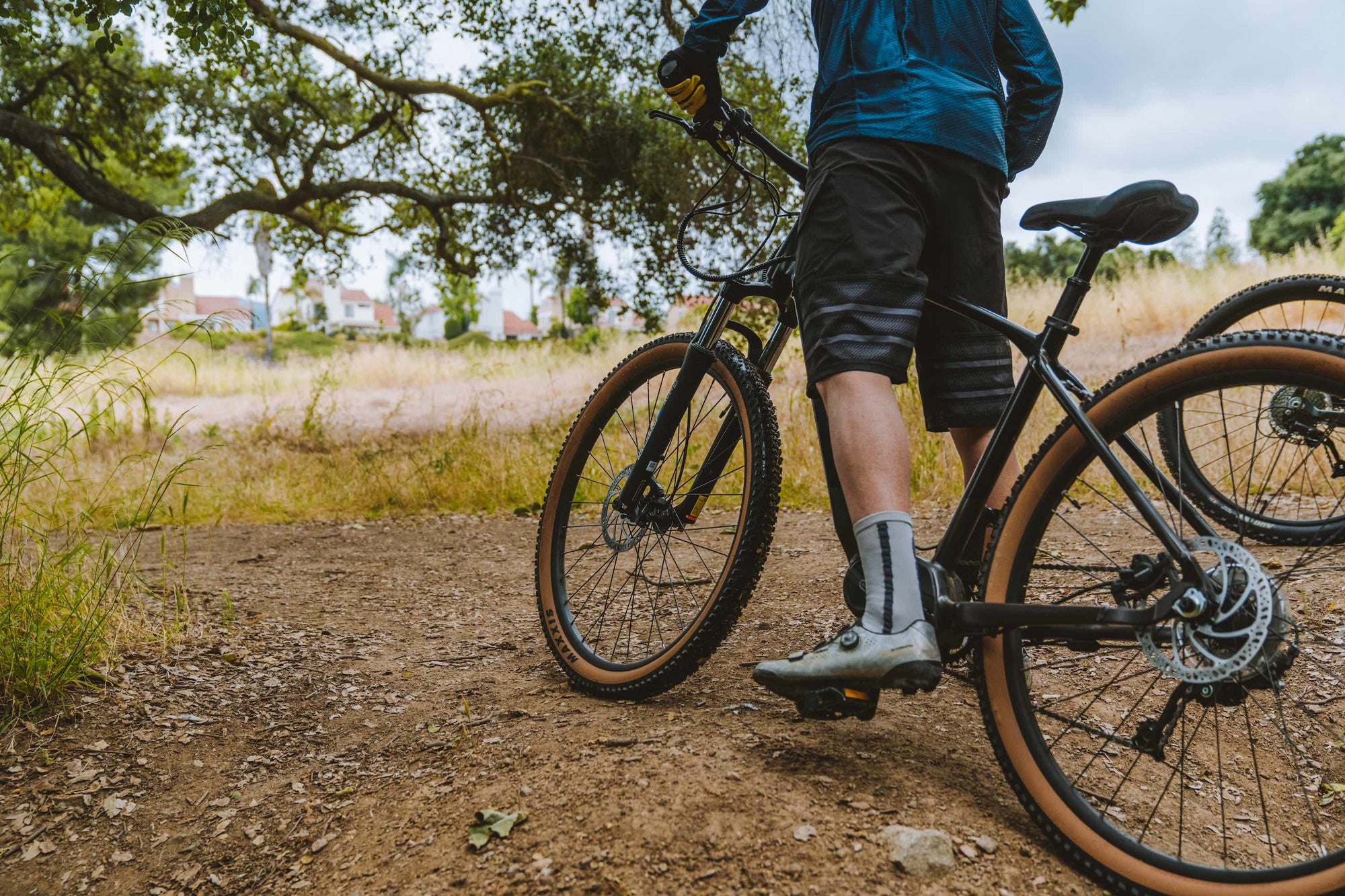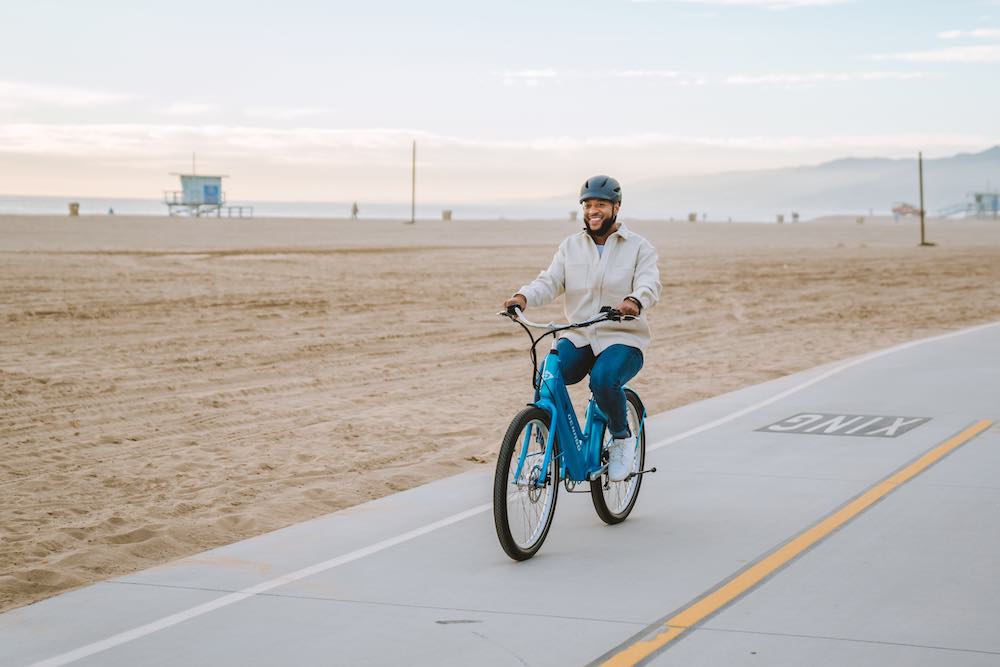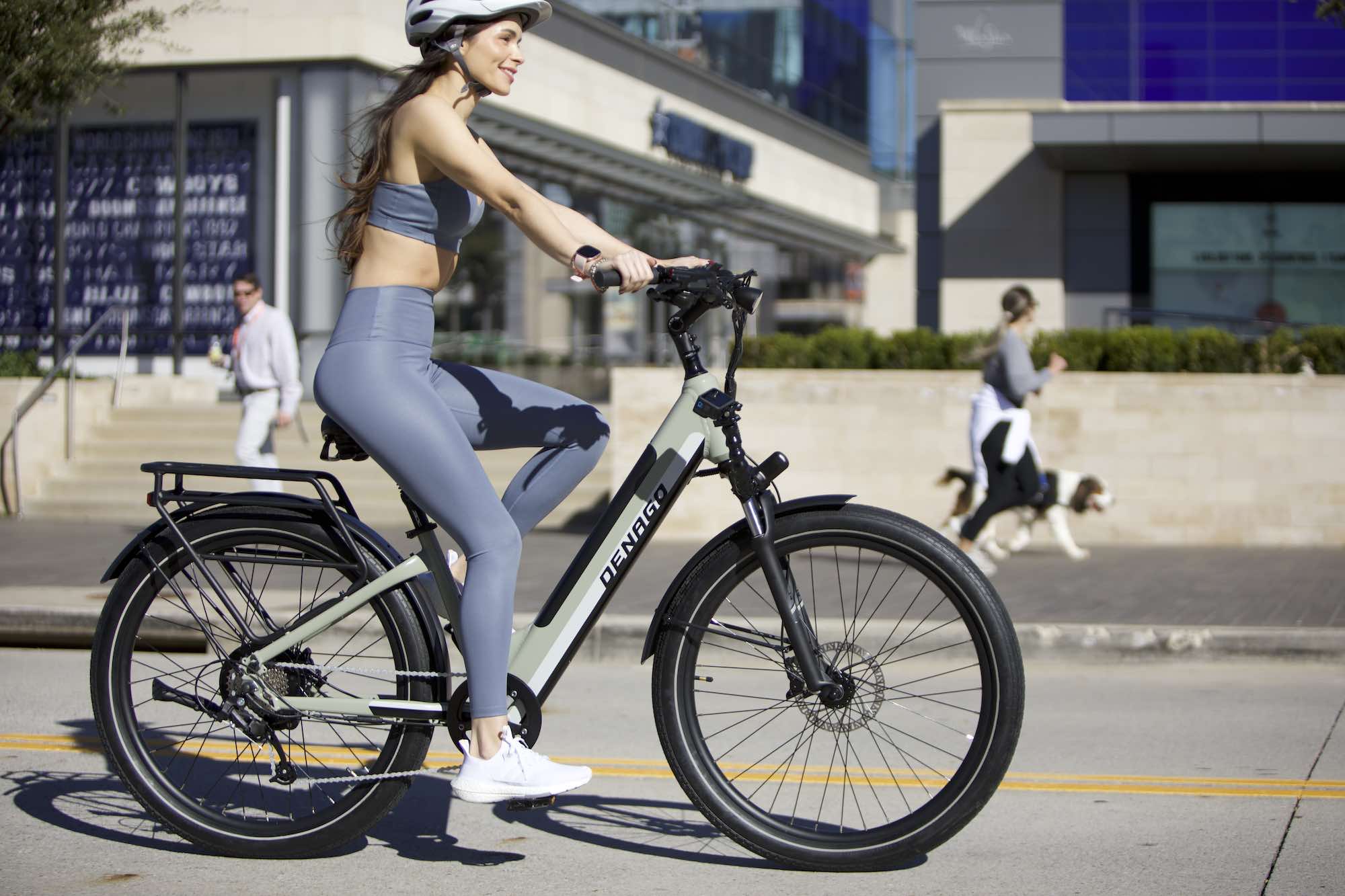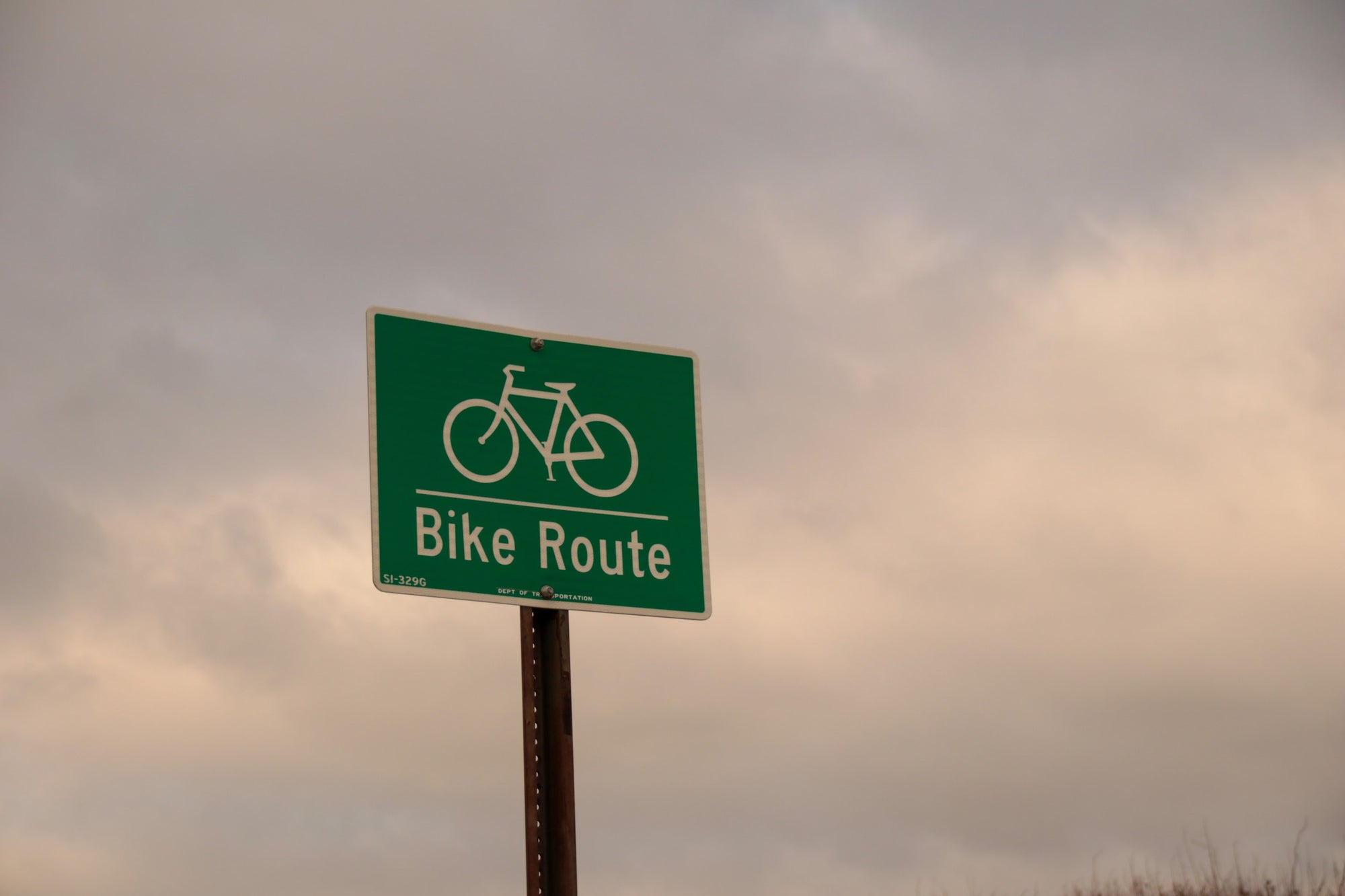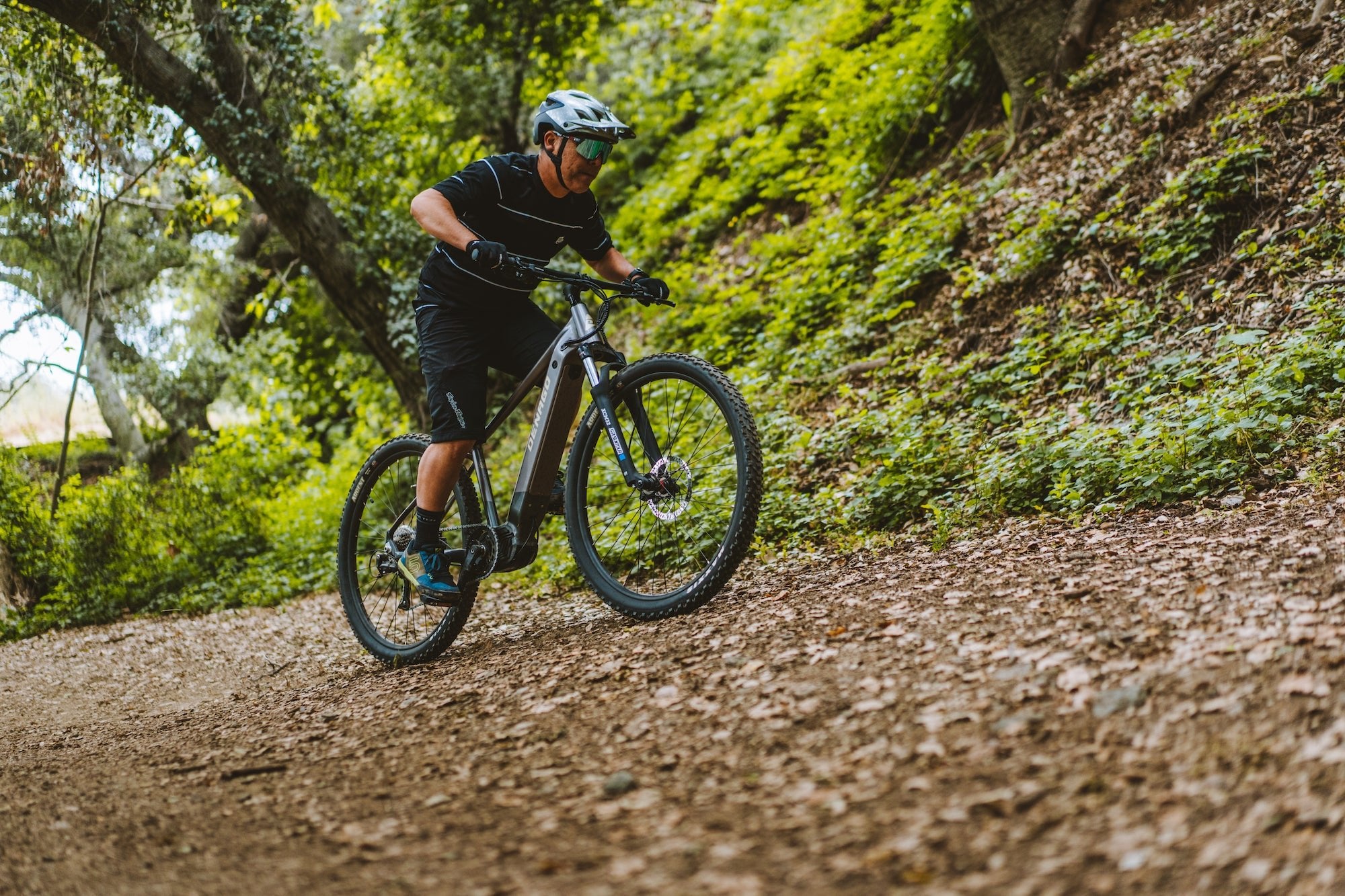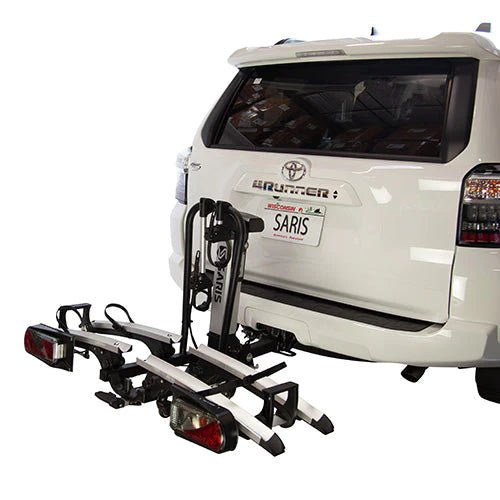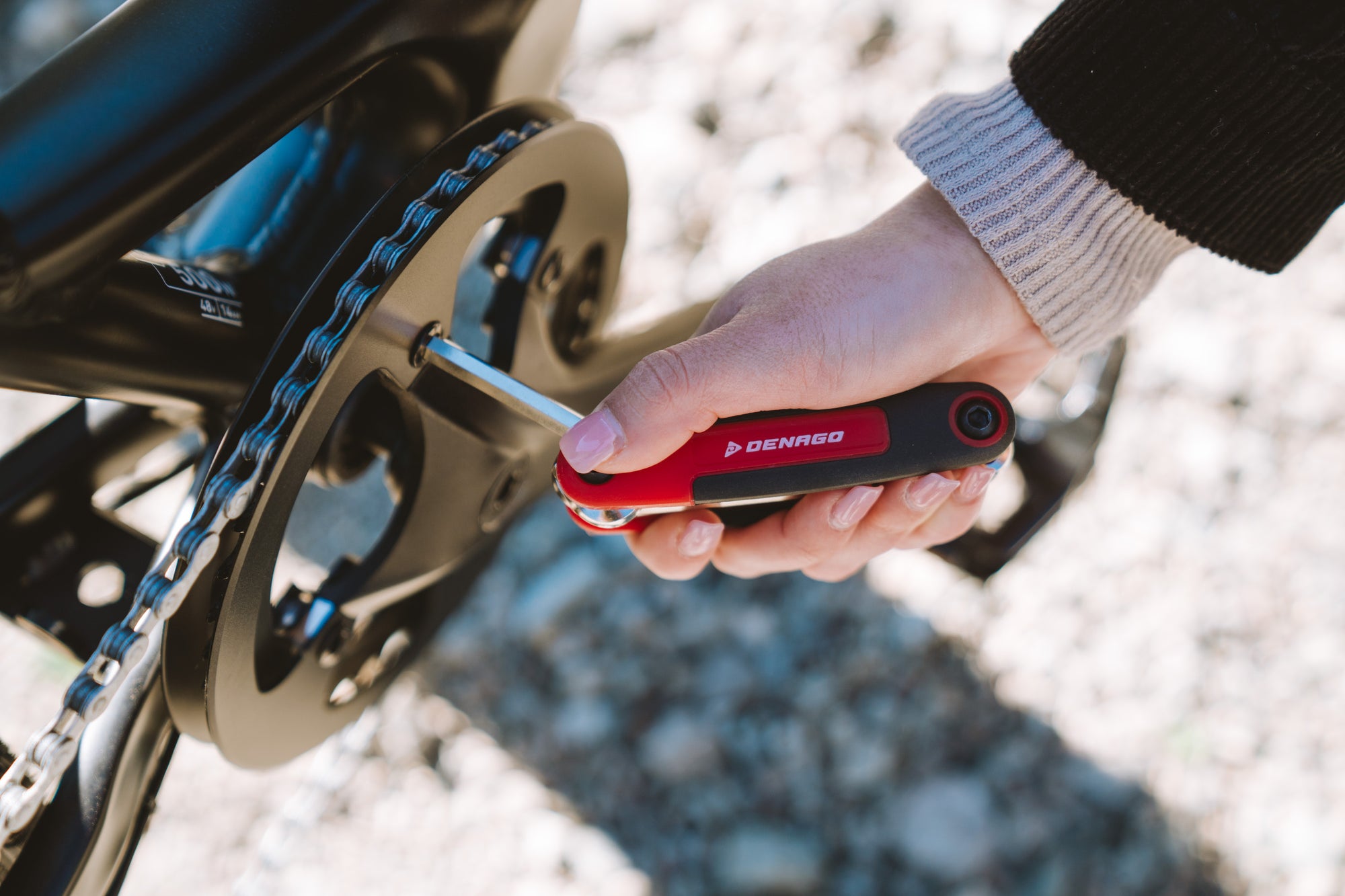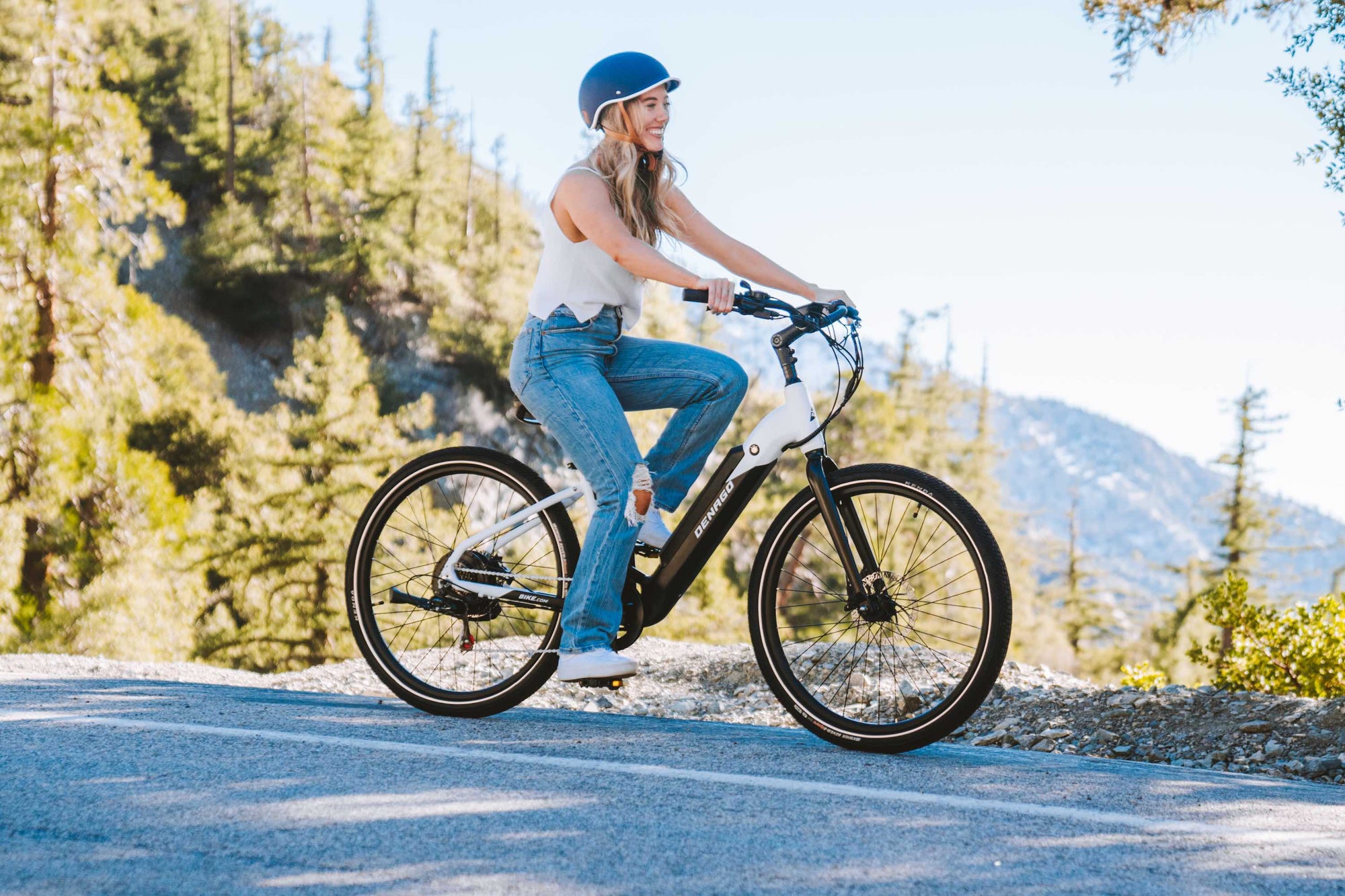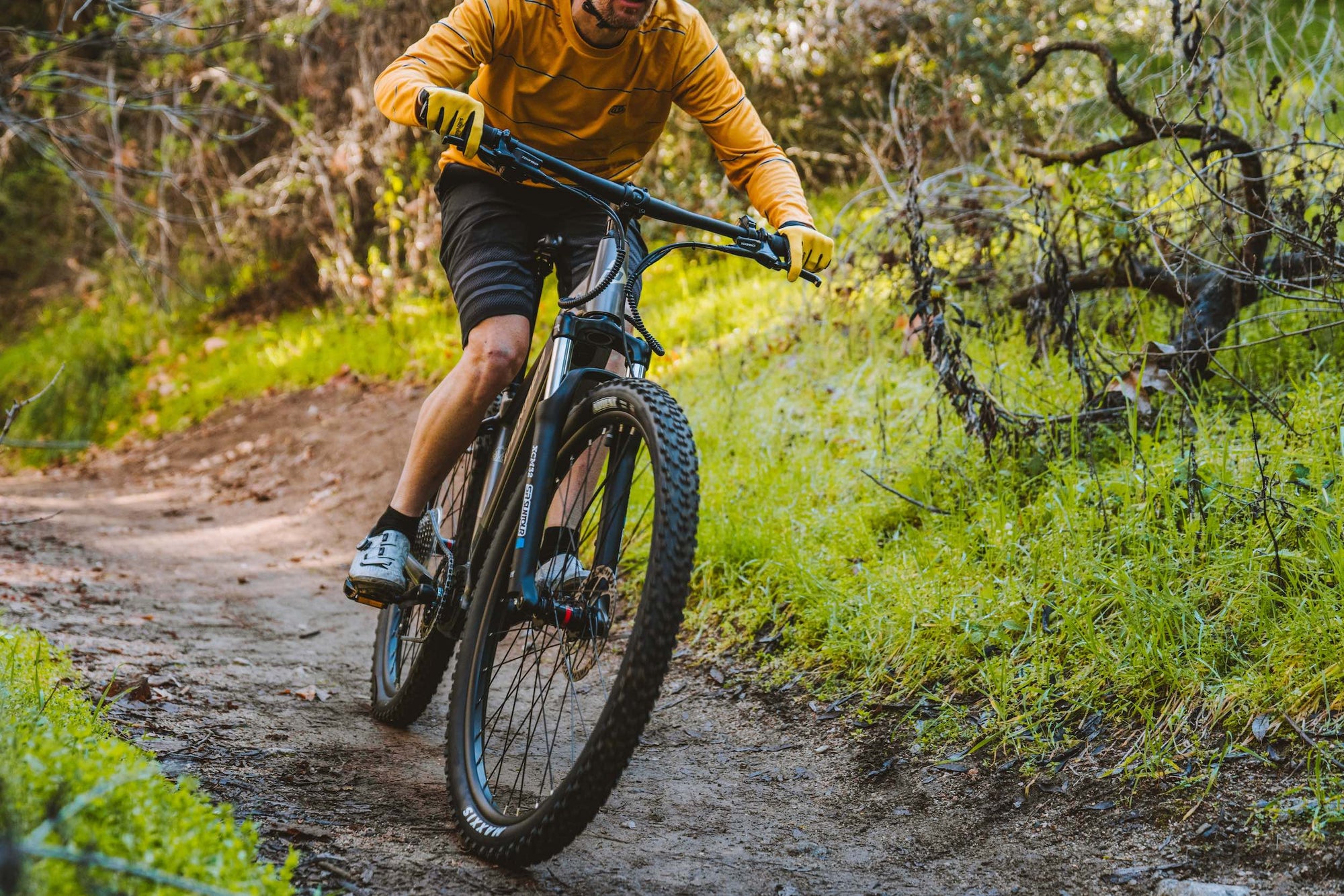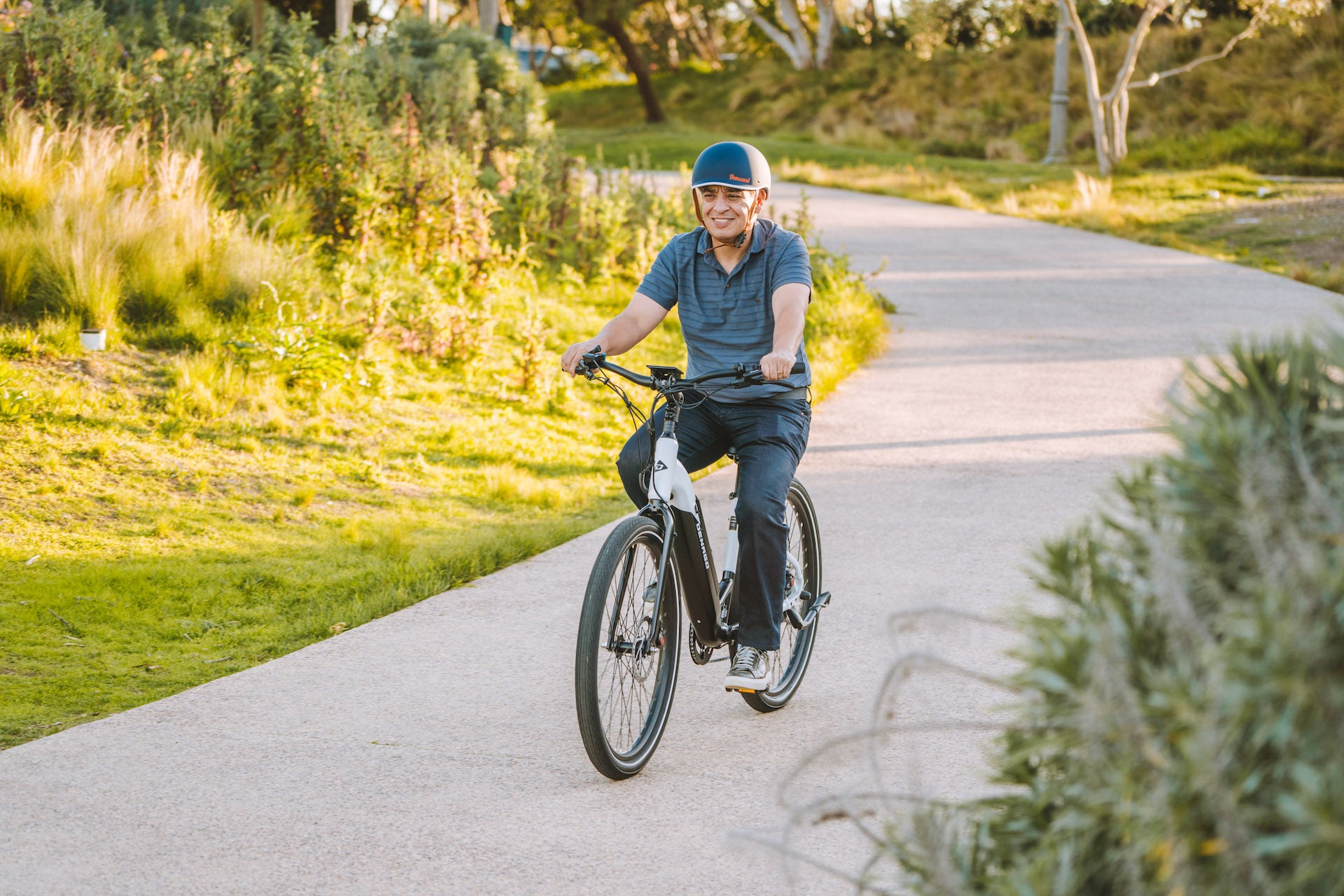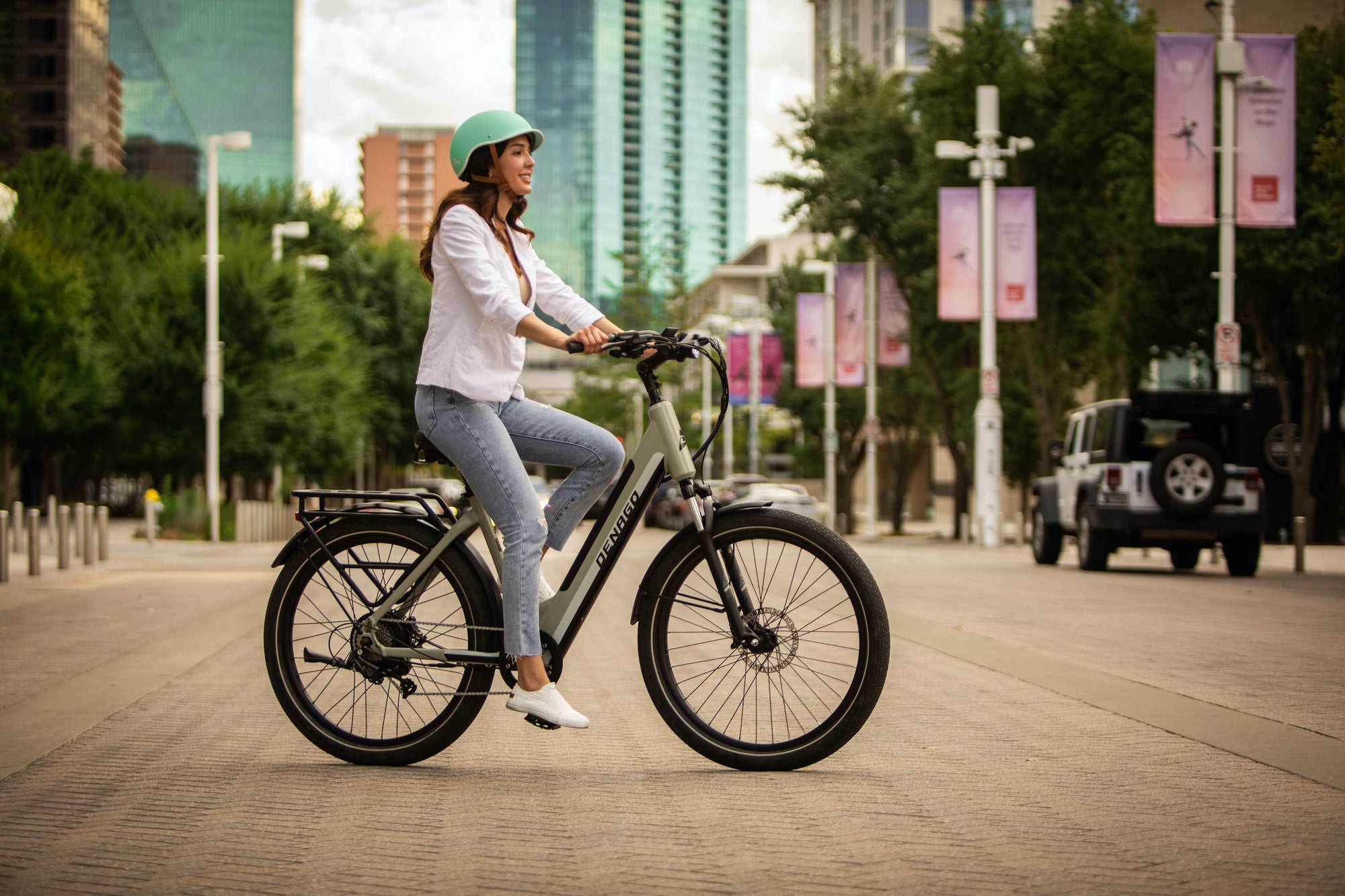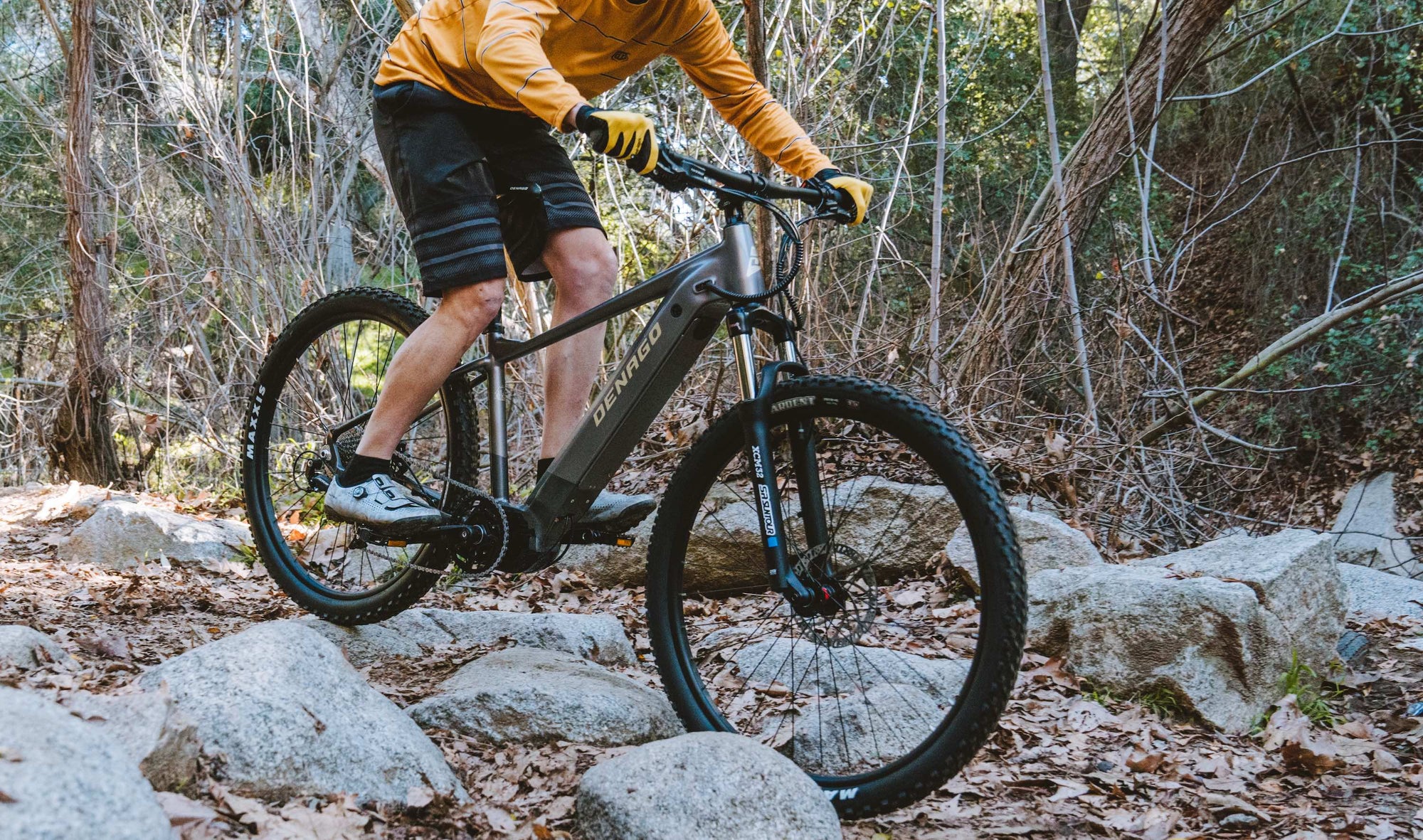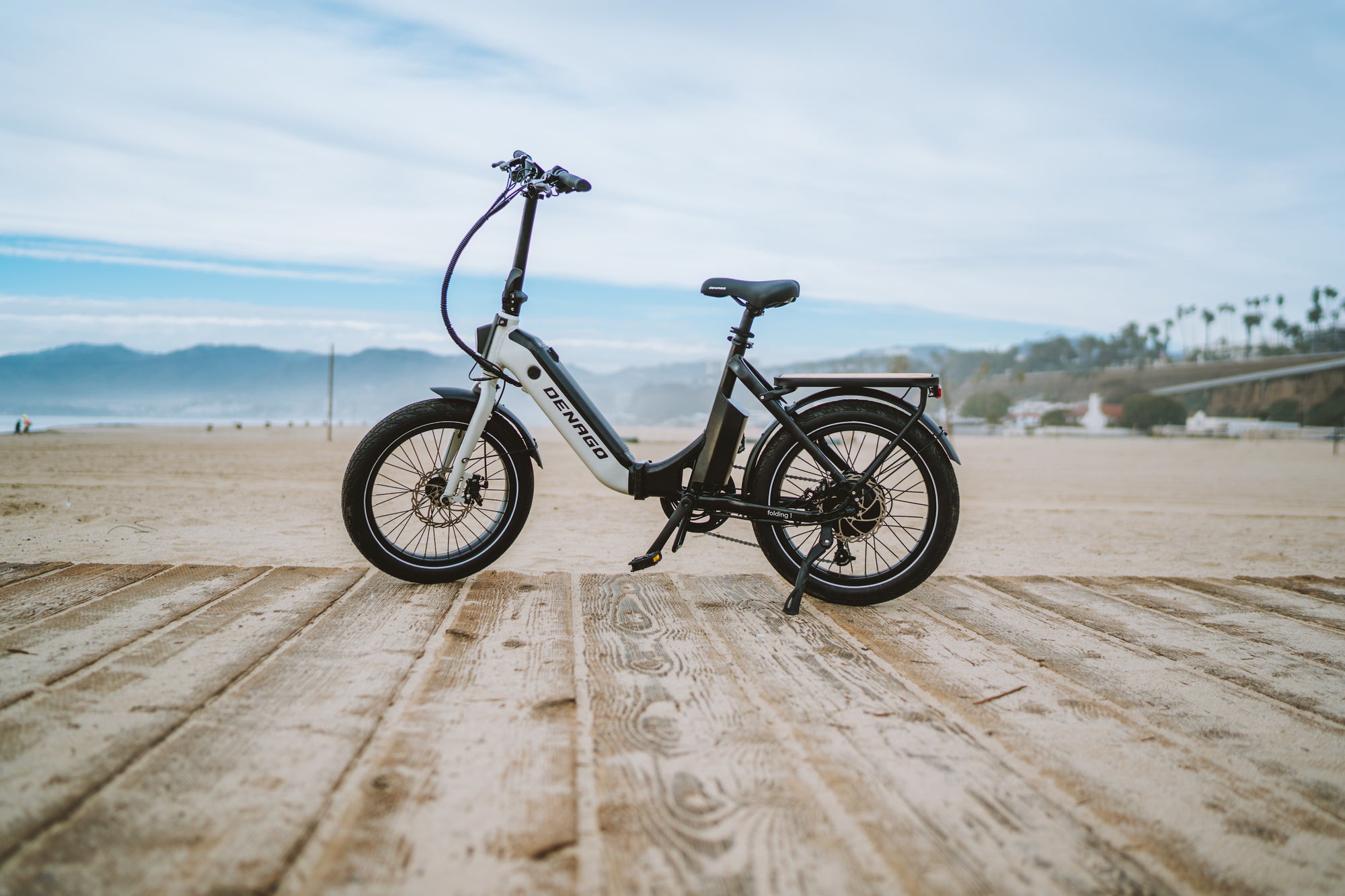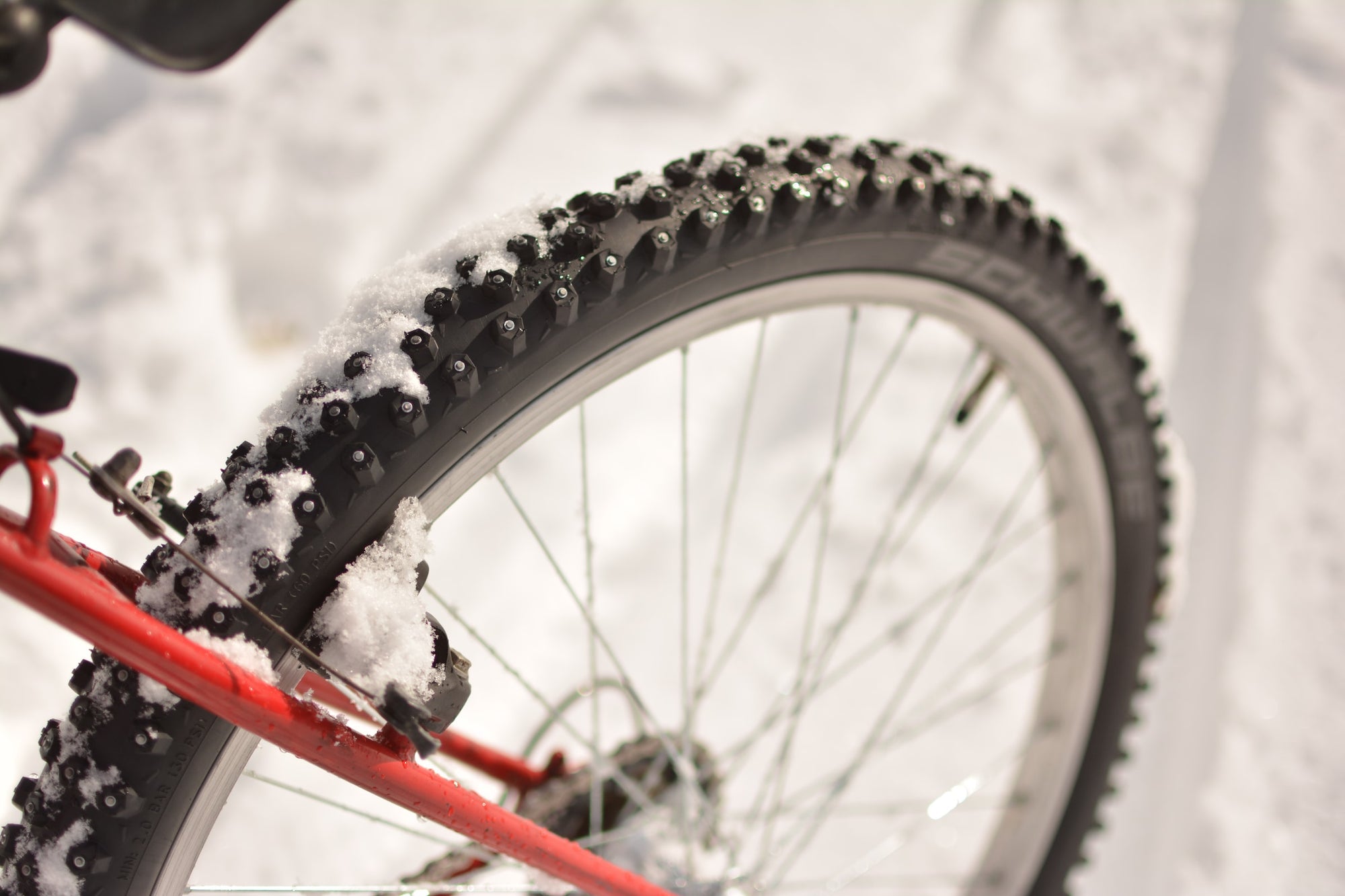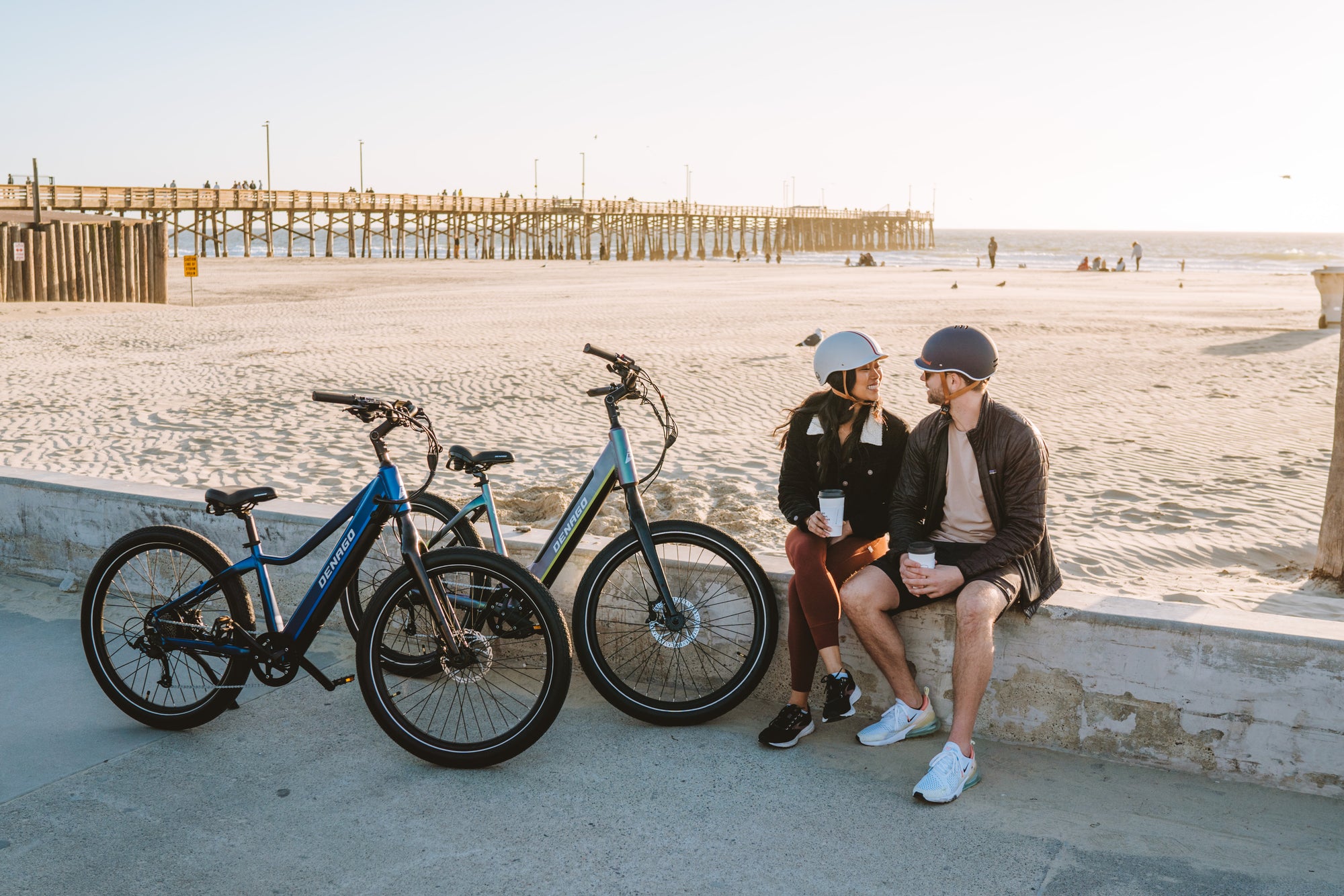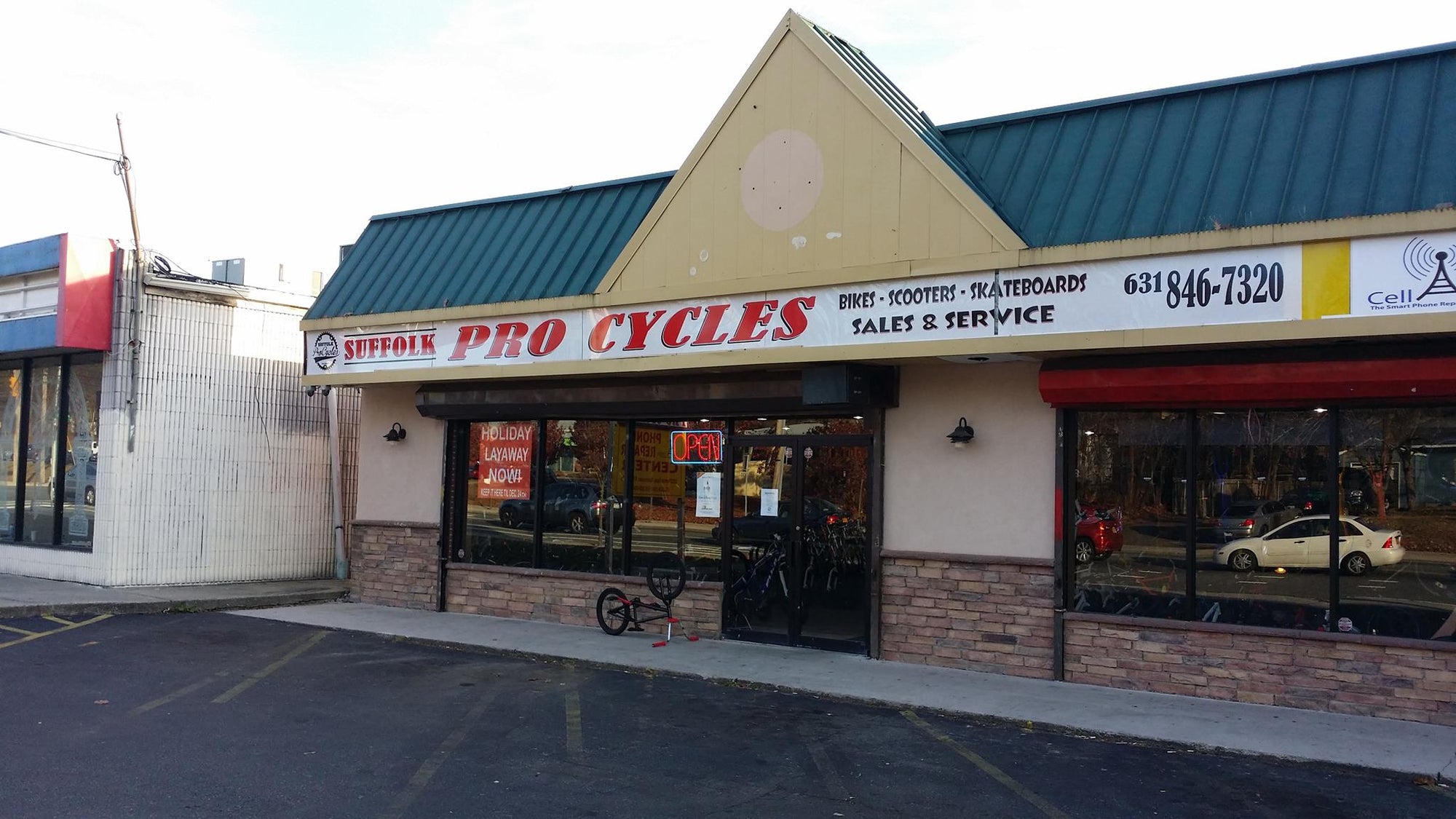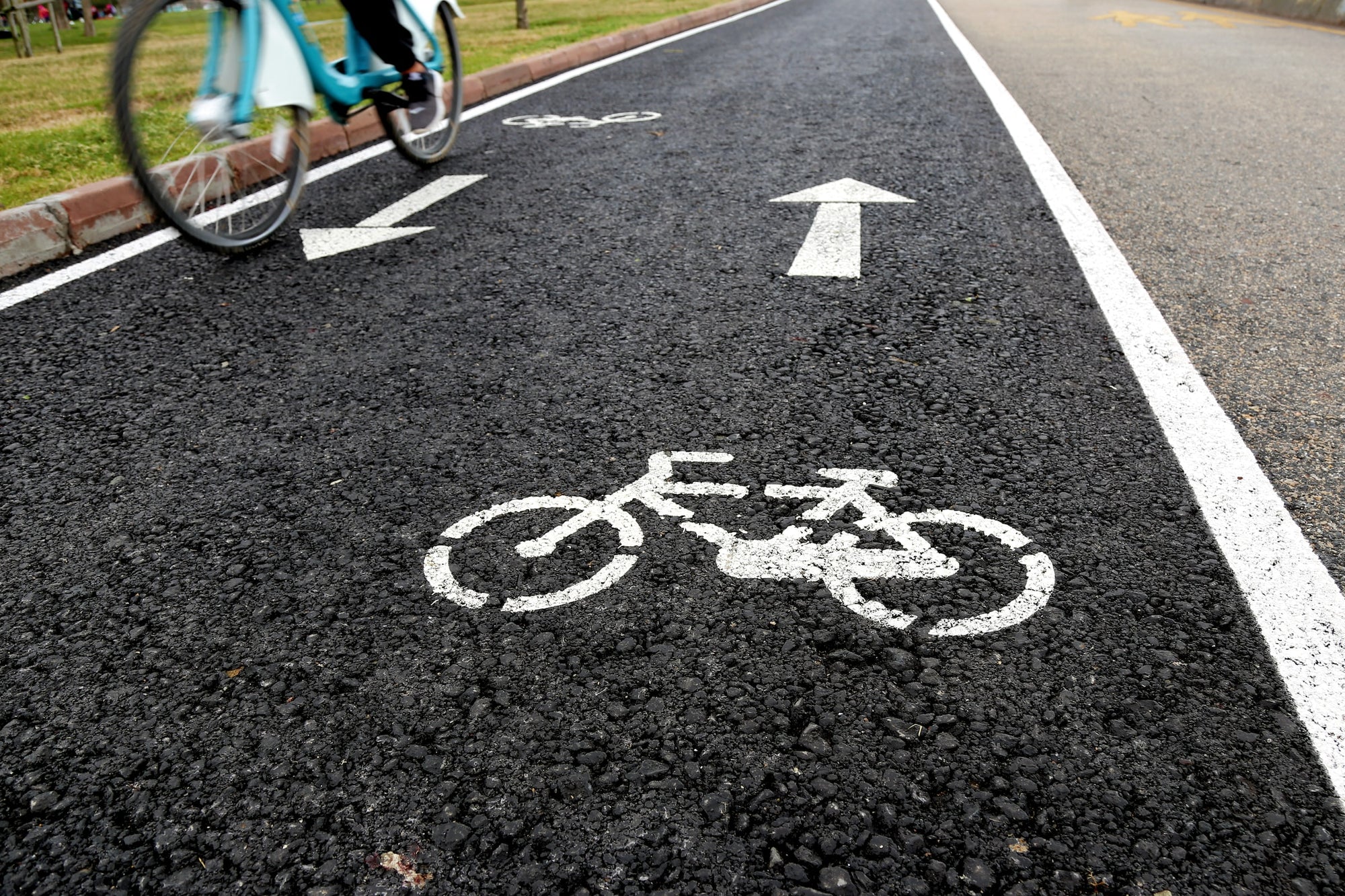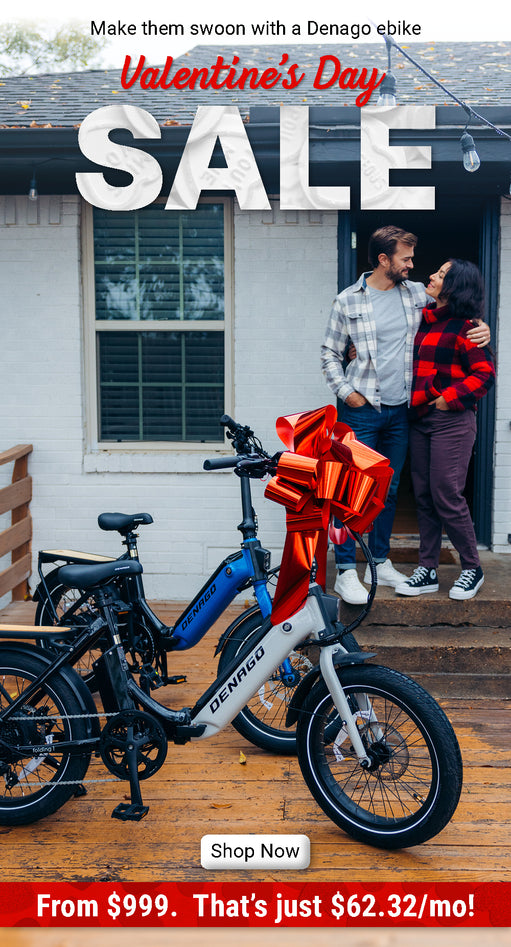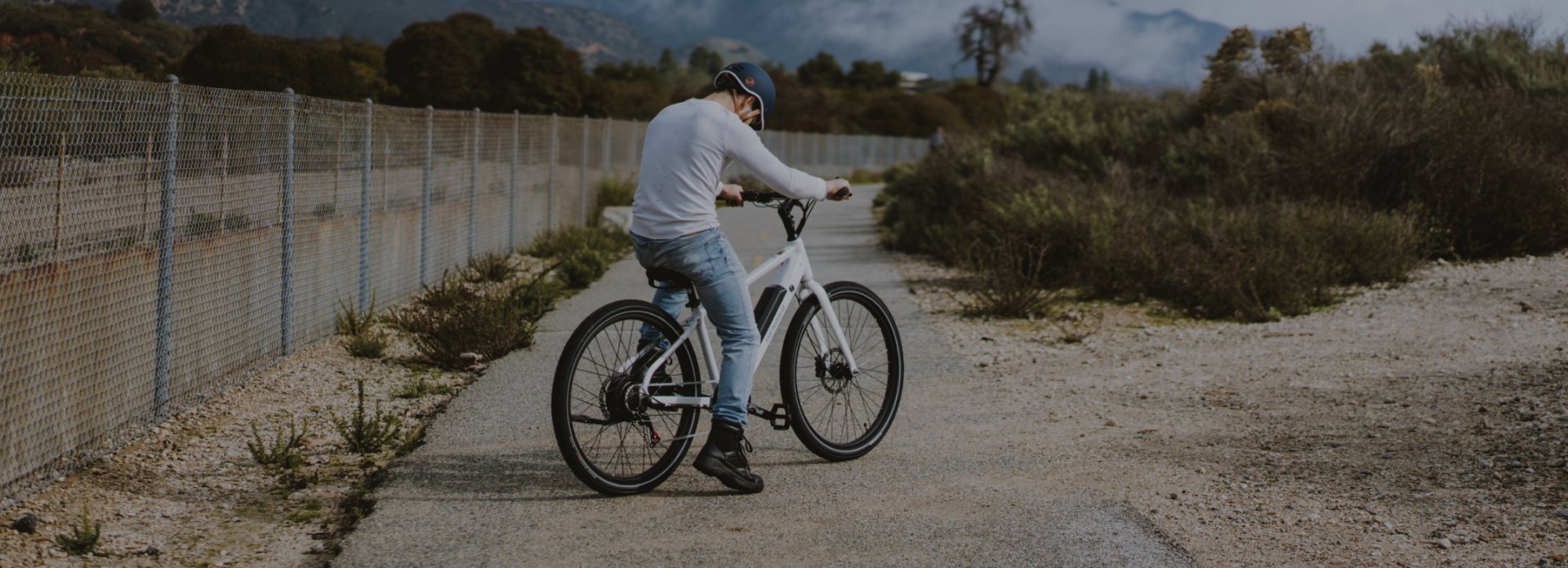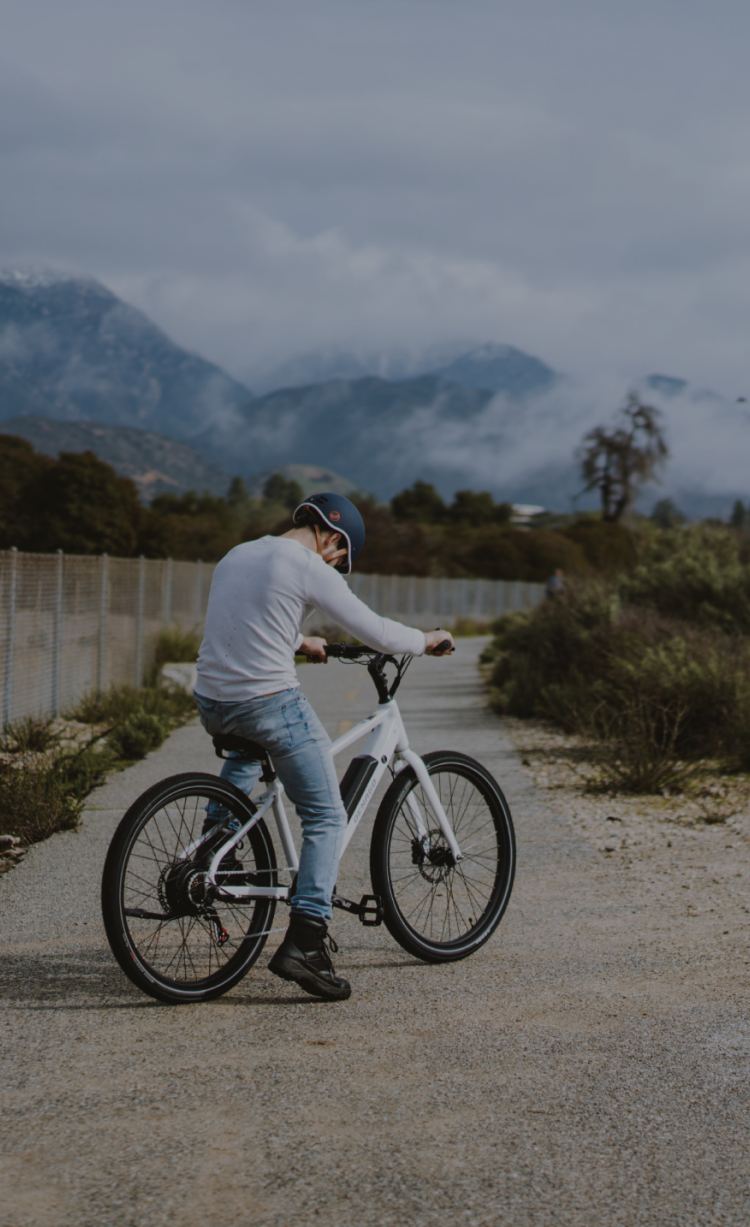Some eBikes use torque sensors, while others use cadence sensors. Because each sensor type has specific benefits, you should match the sensor type to your riding style when you buy an eBike. Let's review the pros and cons of each sensor type and discuss how to choose between them.
To begin, first understand that one sensor type is not better than another. Each has their own merits and is ideal for certain riders, terrain, and riding styles.
What do sensors on an eBike do?
The sensors on an eBike measure multiple data points and feed them to the controller - the "brain" of the eBike. The controller turns the electric motor on and off in response to the data received from the sensors.
Every eBike has one common sensor - a speed sensor, so that the controller can know how fast the eBike is traveling. There are two other common sensor types, and just about every eBike will have one of the two - a cadence sensor or a torque sensor.
Understanding cadence sensors
A cadence sensor eBike uses a magnetic pickup to monitor whether or not the rider is pedaling - by checking whether the cranks are turning. An eBike equipped with a cadence sensor is aware of when the rider is pedaling vs. coasting, and can turn the electric motor on or off accordingly.
The Denago City Model 1 is an example of an eBike that uses cadence sensor technology.
What are the pros of cadence sensor eBikes?
eBikes equipped with cadence sensors have some important benefits:
- Lower manufacturing cost. Because cadence sensors cost less than torque sensors, eBikes with cadence sensors are available for less than those with torque sensors - sometimes many hundreds of dollars less.
- Cadence sensors are often found on rear hub motor eBikes, while torque sensors can be found on both hub motor and mid-drive motor eBikes. Mid-drive motors are significantly more expensive to manufacture than hub motors, another factor that helps eBikes with cadence sensors have a lower retail price. So cadence sensor eBikes are more affordable, especially those with hub motors.
- On a cadence sensor eBike, the rider can "ghost pedal" if desired. Ghost pedaling is when the rider turns the cranks just enough to trigger the electric motor, but doesn't apply much actual pedaling force. This technique allows cadence sensor eBikes to achieve pretty high speeds without much rider effort, if desired. This can be desirable for certain rides - for example, the rider might want to commute to work, arriving in time for a meeting without getting all sweaty. An eBike with a cadence sensor can meet that need.
- It's easier to reach higher speeds, regardless of the rider's fitness level or hilly terrain
What are the cons of cadence sensor eBikes?
- On a cadence sensor eBike, the pedaling force the rider applies does not determine how much assistance the electric motor provides. Instead, the rider chooses a pedal assistance level (PAS), typically from a handlebar remote. The PAS level selected determines how much assistance the electric motor will provide. That means an eBike might sometimes travel faster than the rider might want in a given situation. This can be controlled by lowering the pedal assist level selected. If this is an ongoing concern, make sure to choose an eBike that offers an adjustable speed limiter setting as well, so the eBike doesn't go faster than intended.
Understanding torque sensors
On a torque sensor eBike, the sensor monitors how much pedaling force the rider is applying. That means the sensor knows whether the rider is barely pedaling or applying as much effort as they possibly can, and can vary the power to the electric motor accordingly.
Torque sensors are more common on eBikes designed to be ridden off-road. If you pedal leisurely on an eBike with a torque sensor, the electric motor will barely turn on. Apply more power with your legs, and the electric motor will apply more power in turn. Some riders find this more natural when riding on dirt or gravel, and torque sensors are common on electric mountain bikes.
Denago's Fat Tire eBike is an example of an eBike with torque sensing technology.
What are the pros of torque sensor eBikes?
- Torque sensors provide the sensation that feels most like riding a traditional "analog" bicycle (non-eBike) but with the benefit of electric motor assist.
What are the cons of torque sensor eBikes?
- Many riders want the ability to propel their eBike without pedaling at all in some circumstances. Throttle-equipped eBikes address this need. While it's possible to have both a throttle and a cadence sensor, models with torque sensors often lack a throttle - an important consideration when shopping. If this is important to you, make sure your torque sensor eBike also includes throttle functionality.
- Cost. Torque sensors cost more than cadence sensors, and are often paired with mid-drive motors (which are more expensive than hub motors) and as a result, eBikes with torque sensors are generally more expensive than those with cadence sensors.
- Torque sensor eBikes can't be "ghost pedaled" - if you don't contribute much with your legs, the electric motor won't do much. That means it can be harder to reach top speeds on torque sensor eBikes unless the rider is really willing to work.
Who should choose an eBike with a cadence sensor?
- Riders on a tight budget, and riders who want the best value eBike
- Riders who plan to ride on paved surfaces, streets, and paths
- Riders who want the ability to "ghost pedal" and reach higher speeds easily
Who should choose an eBike with a torque sensor?
- Riders who plan to ride on off-road surfaces like dirt and gravel
- Riders who want to contribute more with their legs and lungs when they ride
- Riders with larger budgets focused more on performance more than low cost
Conclusion
When shopping for an eBike, there's no "best", but there is a "best for you" that takes into account your wants, riding style, local terrain, and budget. Torque sensors and cadence sensors both serve specific needs.
The team at Denago can help you explore the best options for your individual needs - write, call, or chat anytime.




